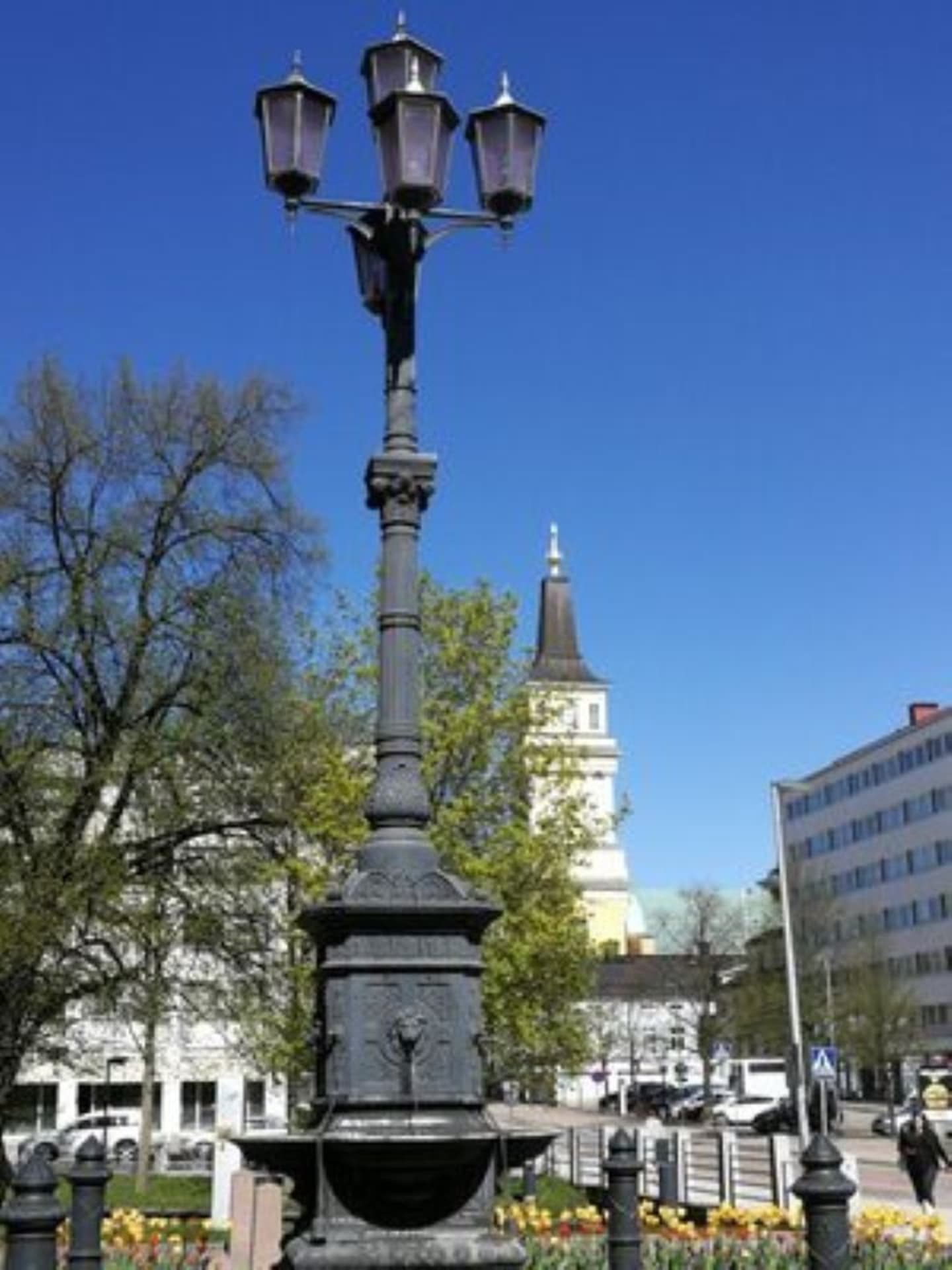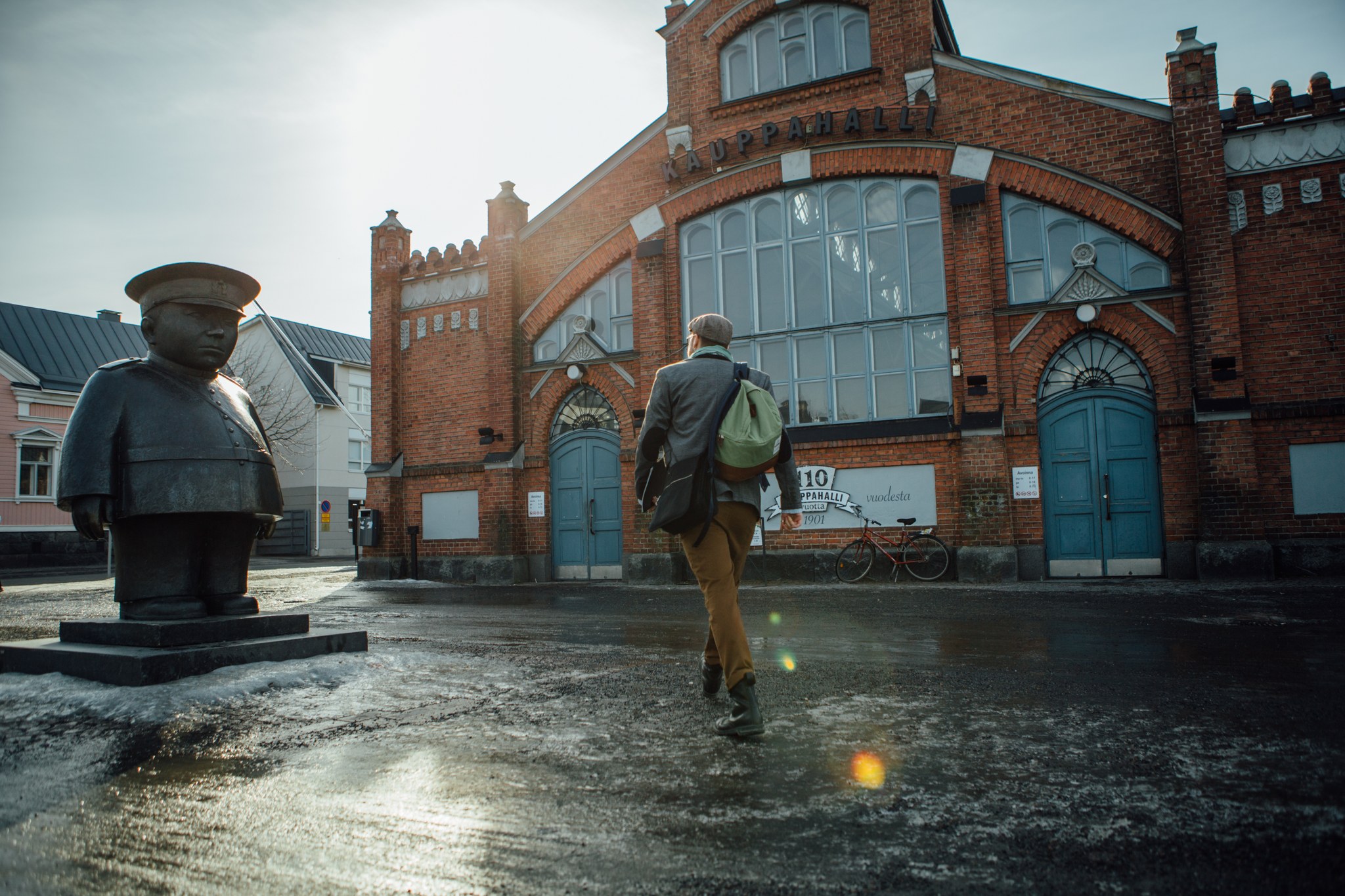Since prehistoric times, Oulu has been moving forward. From the beginning, the city has been a significant trade and transport hub, bringing people – and opportunities – together. In the past centuries, Oulu has burned down ten times, but the city has always risen from the ashes towards new possibilities.
Oulu rises from the ashes and heads toward the future

Early signs of life
The Oulu area was inhabited already in the stone age although Oulu became a city only hundreds of years later. Since the beginning, Oulu has brought people and opportunities together: Oulu and the river Oulujoki were a transportation route for fishing and trade. Both the Carelians and Vikings have travelled through Oulu, and some of them must have stopped here as well!
Read more
Trading, fighting and urbanisation
In the 14th century, it wasn’t quite clear which state Oulu belonged to, and that led to some fighting. In the end, Oulu ended up being governed by Sweden and received trading permissions from King Gustav Vasa in 1531. The history books tell us that the city of Oulu was founded in 1605. That created a good amount of buzz and Oulu soon became a centre of tar and salmon trade. The first signs of industry and investments into education were seen in the 17th century, as Oulu’s population doubled from 400 to 800.
Read more
Rising from the ashes
Oulu has burned down ten times. The city has gotten up and continued towards growth and progress, time after time, with determination. In the 18th century, with the new port and staple town rights, Oulu’s position as a trading town grew even stronger. The most important export goods were tar, timber, salmon and butter. Tar became a significant export product, livelihood and tourism magnet for Oulu – which it is, to some extent, to this day. At the end of the 18th century, Oulu was the capital of the Oulu province and the second biggest city by population in Finland, after Turku.
Read more
Towards the war through reforms
A couple of important things happened in Oulu in the 19th century. An elementary school started operating, the city’s first newspaper began publication, the railroad was built, and damaged in yet another fire, the city’s cathedral was re-built.
The war years were reasonably easy on Oulu. In the 1918 civil war battle, the Whites won, and the Reds, taken captive, ended up prisoners in the Raatti island prison camp. In the WWII continuation war, Oulu was far from the actual front. The biggest destruction was caused when Russia bombed the city in February 1944. In the mid-20th century, Oulu’s population was over 35 000.
Read more
Industrial development and growth
The University of Oulu was founded in the middle of the 20th century, which had a significant impact on the growth of industry, service jobs and population in Oulu. A noteworthy story began in 1973 when Nokia built its factories and industrial facilities in Rusko, Oulu. This was the beginning of a speedy journey of Oulu developing into a hub of high technology.
The population of Oulu reached 100 000 in 1990, making it the 6th largest city in Finland. After municipal amalgamations in 2013 Oulu became Finland’s 5th largest city by population, with 190 891 inhabitants.
Read more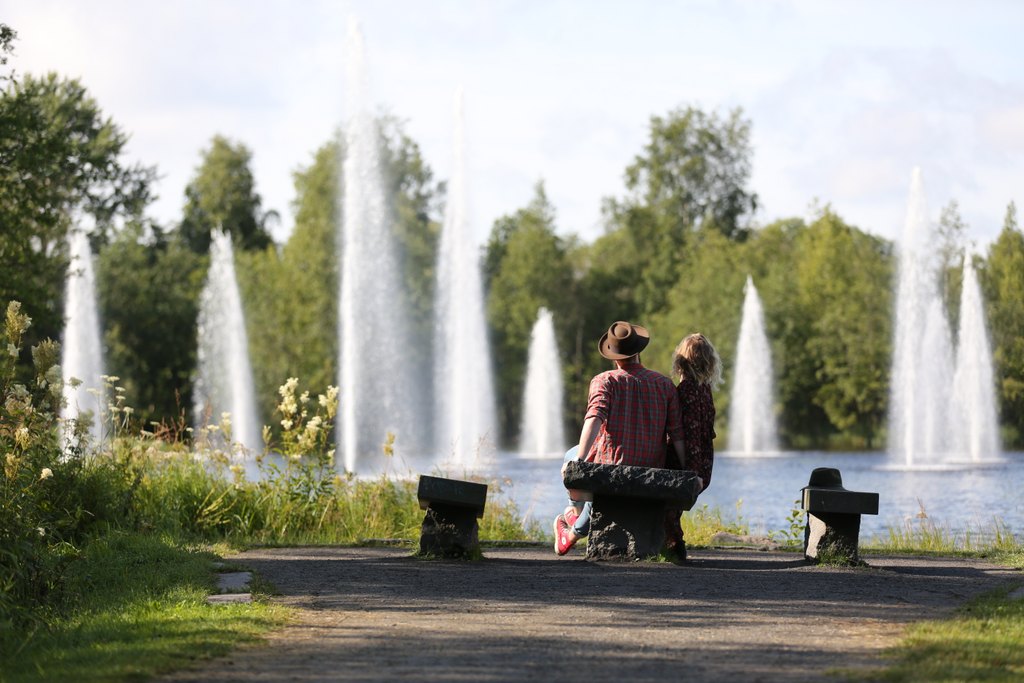
Living in the now, eyes on the future
Today, Oulu is a versatile tourist destination, the Capital of the North and the future European Capital of Culture. Looking into the future with its head held high but feet on the ground, Oulu continues to develop and grow as the industrial hub of Northern Finland, a university city, a city of events, and maybe just a bit as the ‘sh*tty town’ it’s lovingly called by the locals – always in balance with the northern nature.
Sort by category
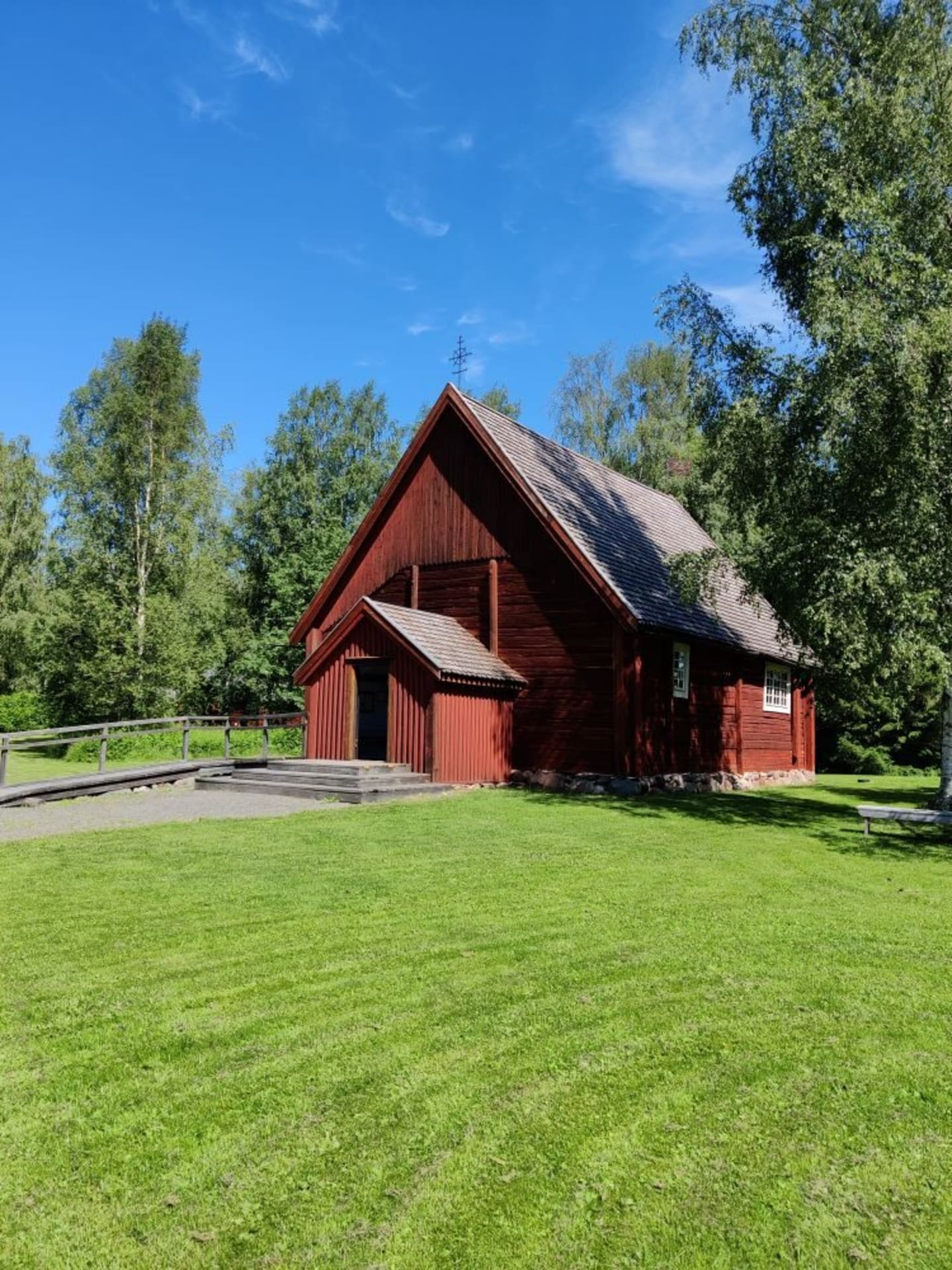
Minivan Trip to Turkansaari Open Air Museum
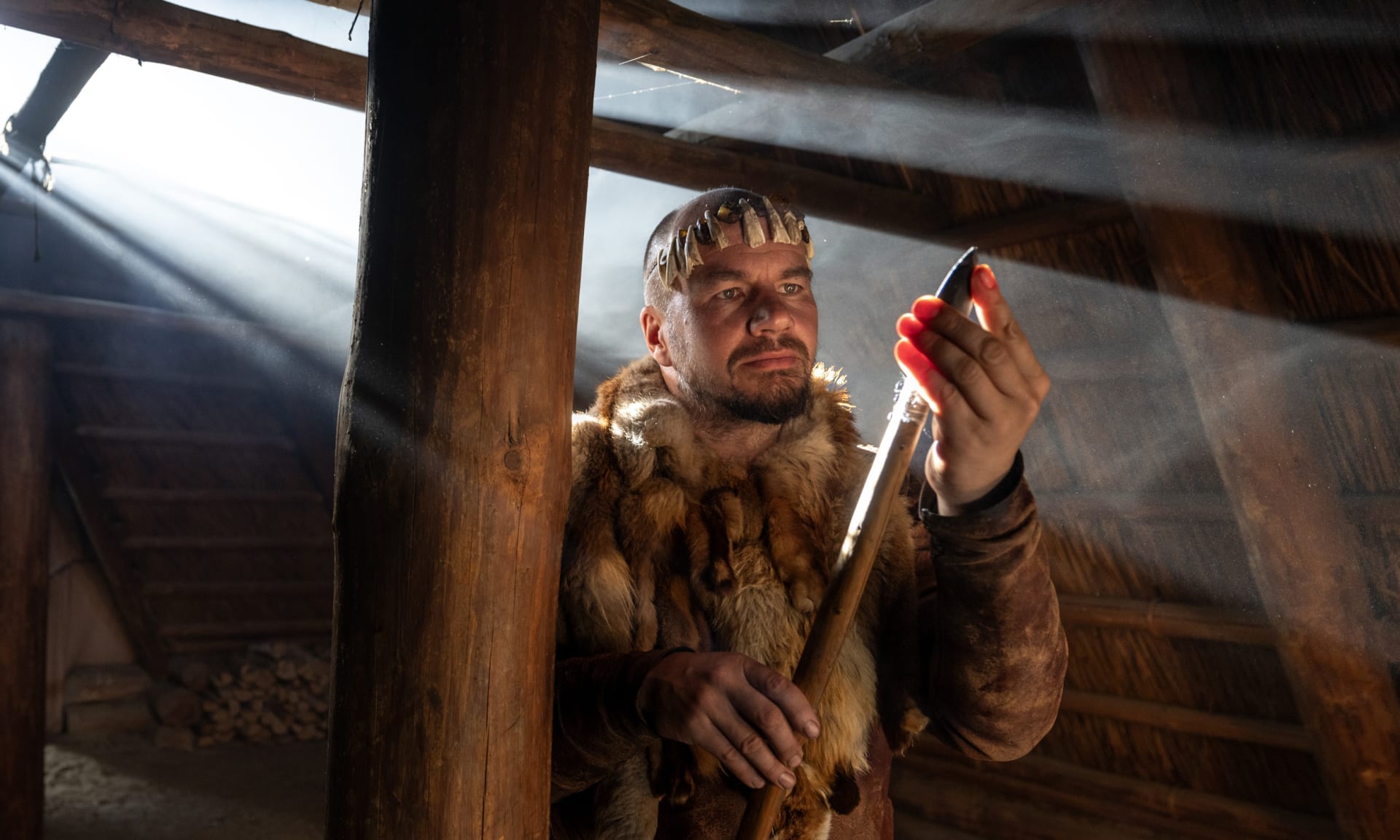
Kierikki: Guided tours
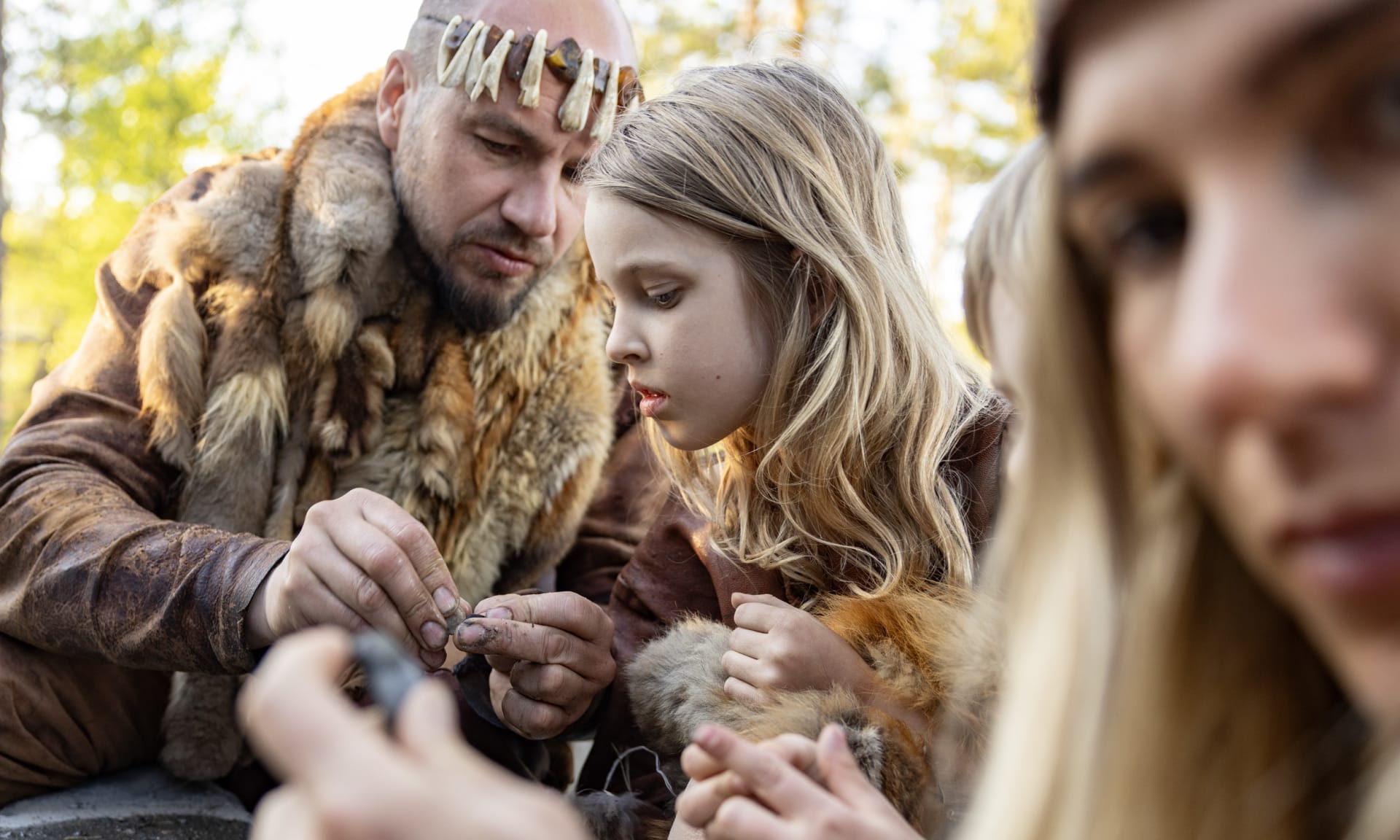
Ancient survival skills: Stone grinding
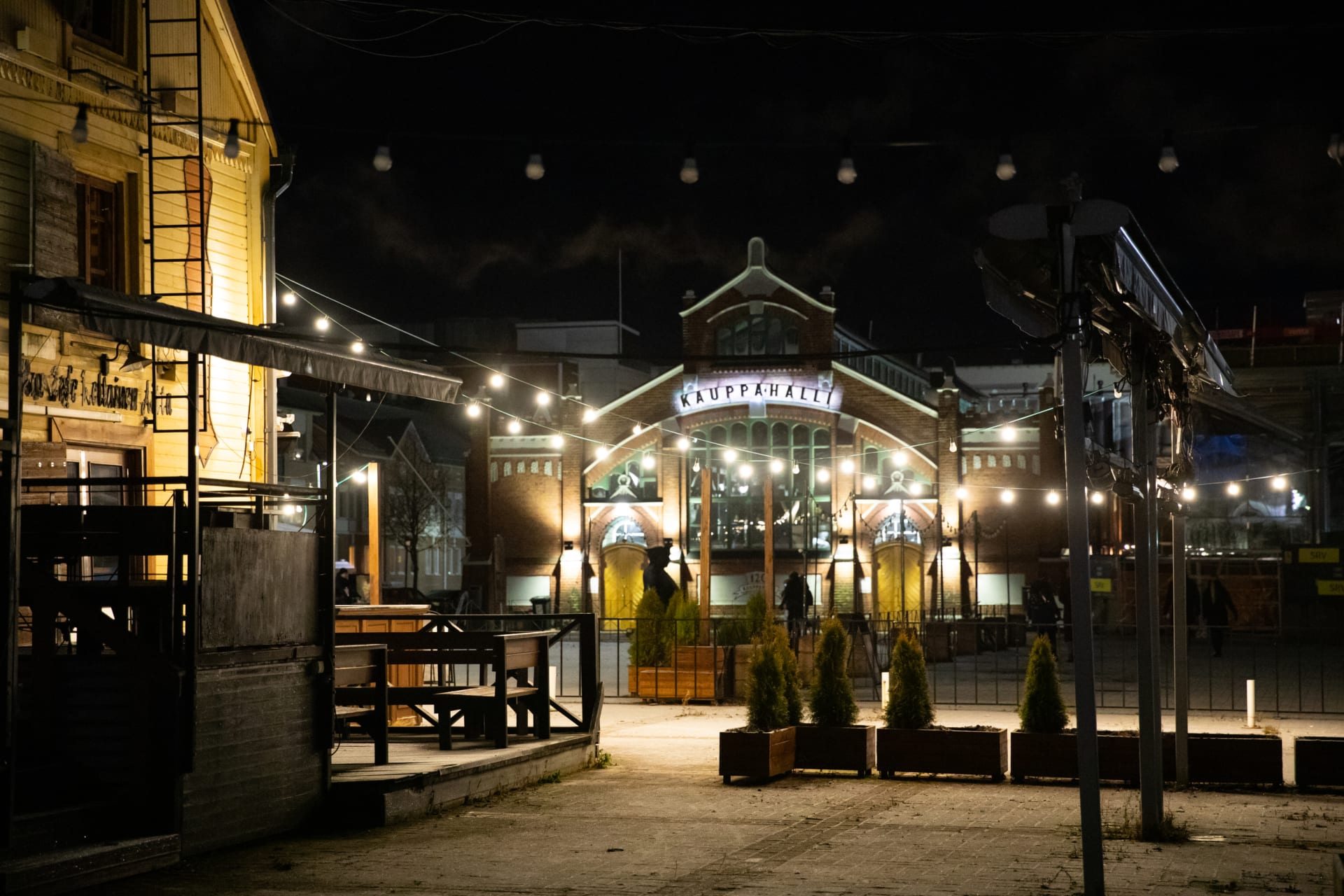
Oulu Market Square

Minivan Trip to Turkansaari Open Air Museum
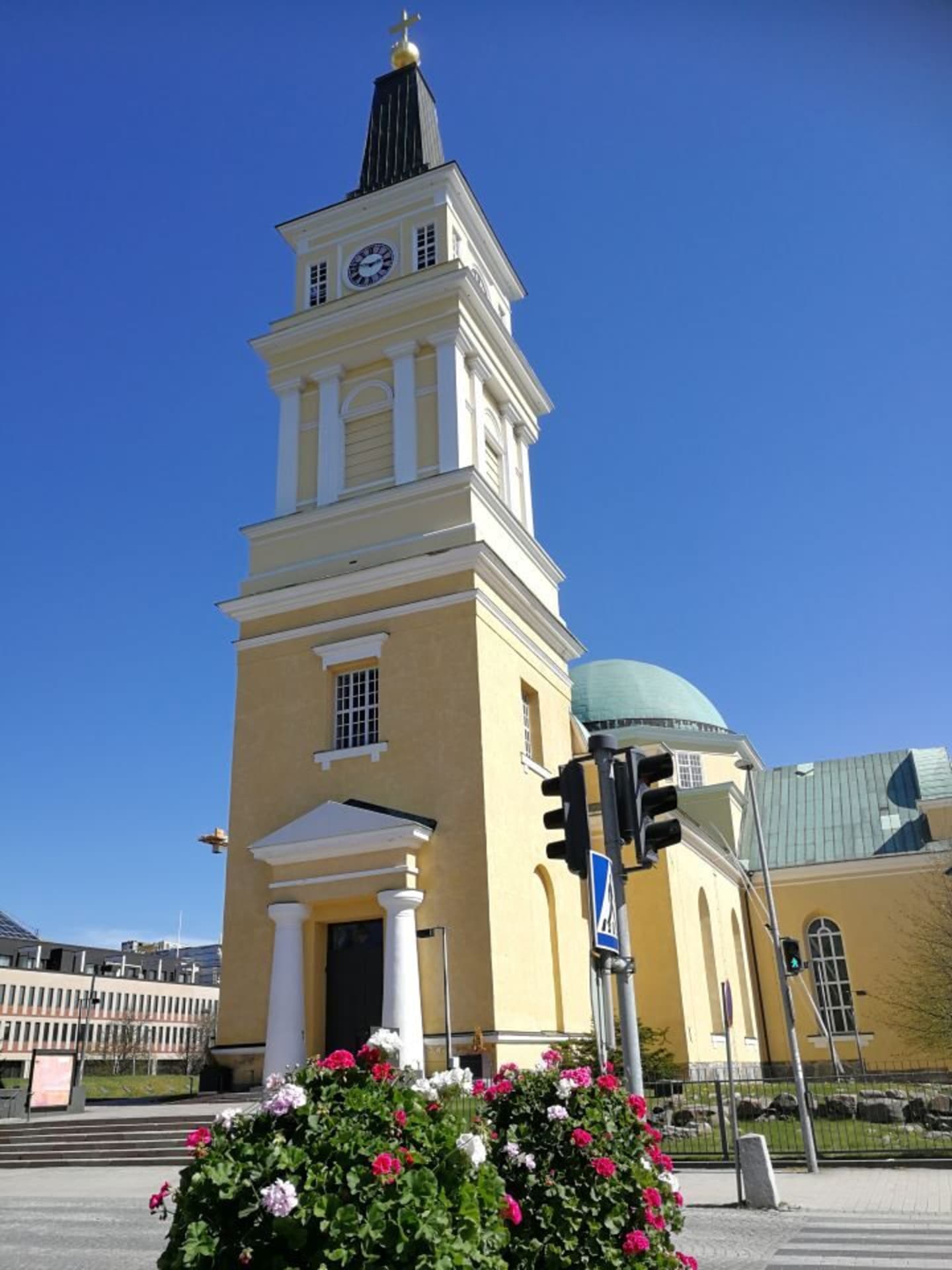
Oulu Quickly Walking Tour
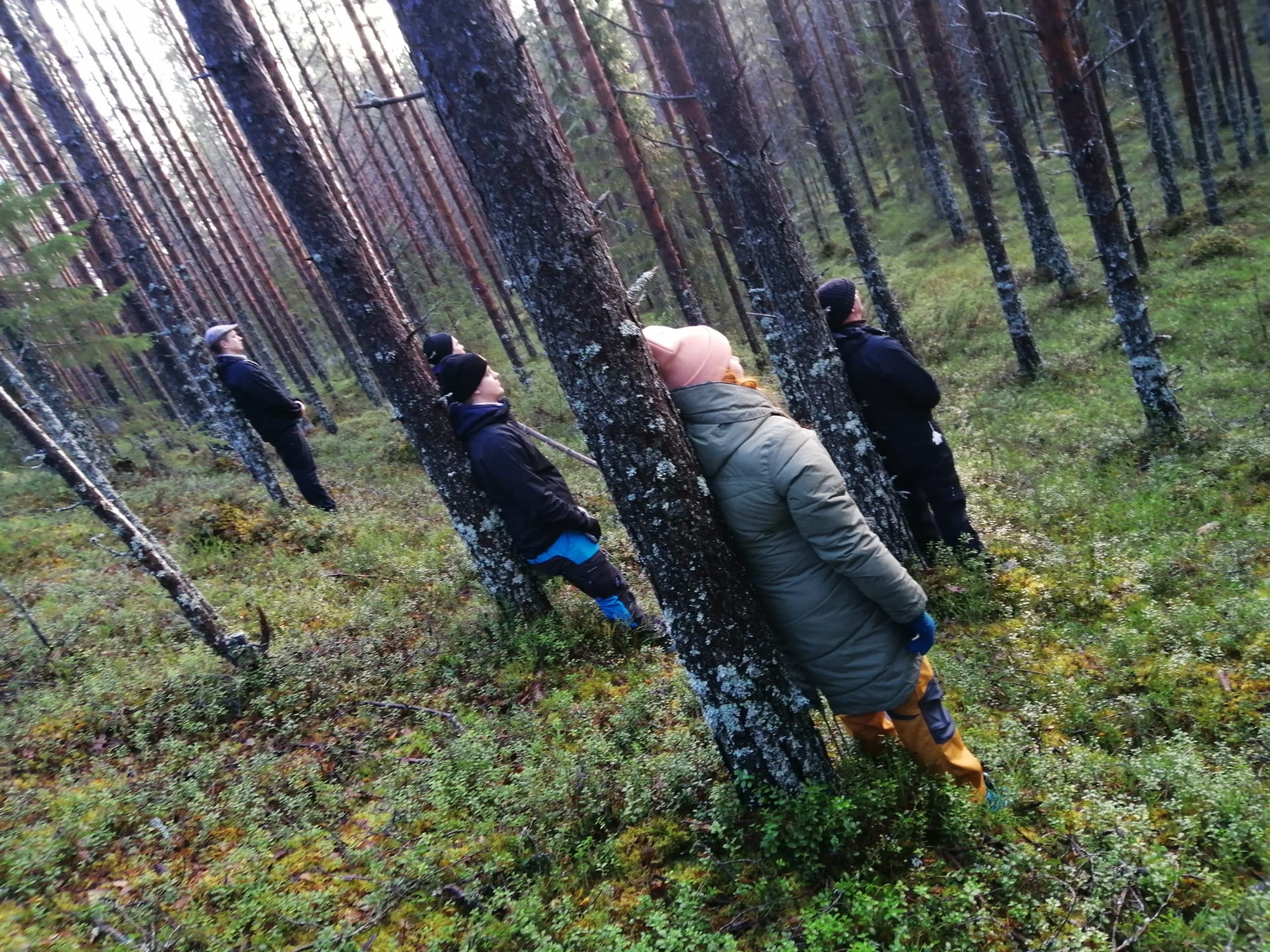
Nature Power from a forest in Sanginjoki - Naturest Oy
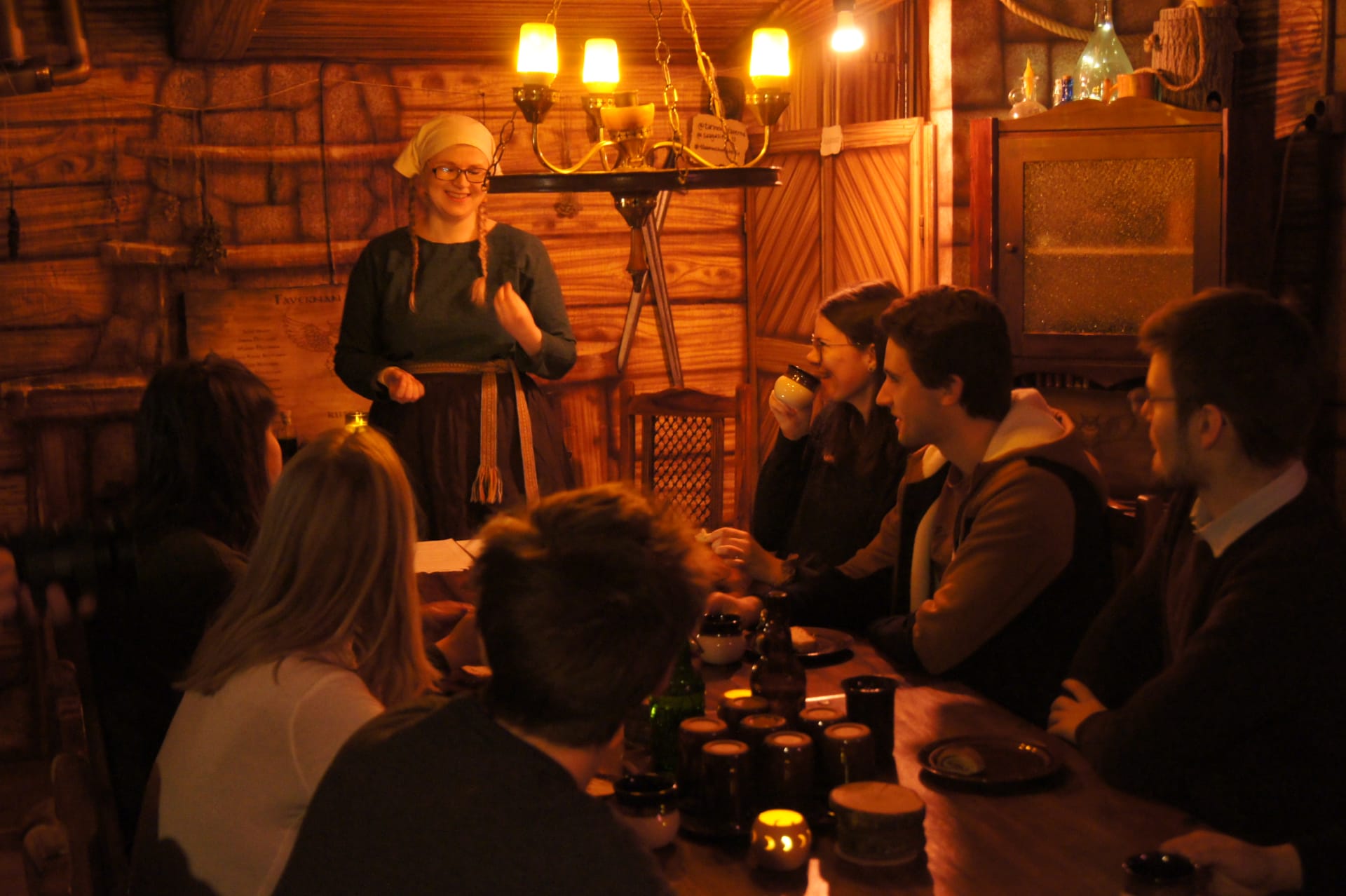
Spirits of Hearth and Home - Tonttu in Finnish Folklore
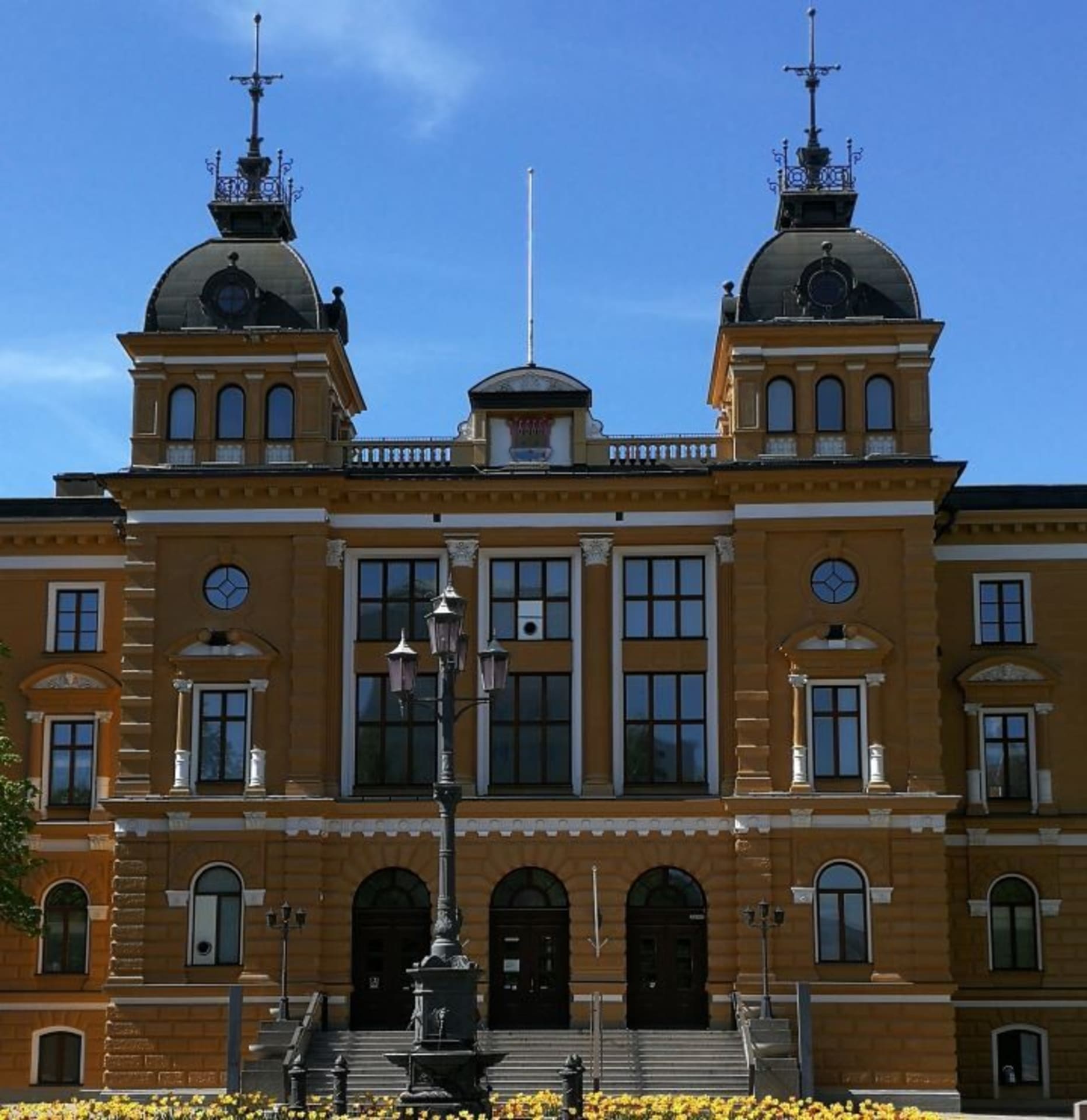
Guided Transportation from Oulu Airport to Oulu
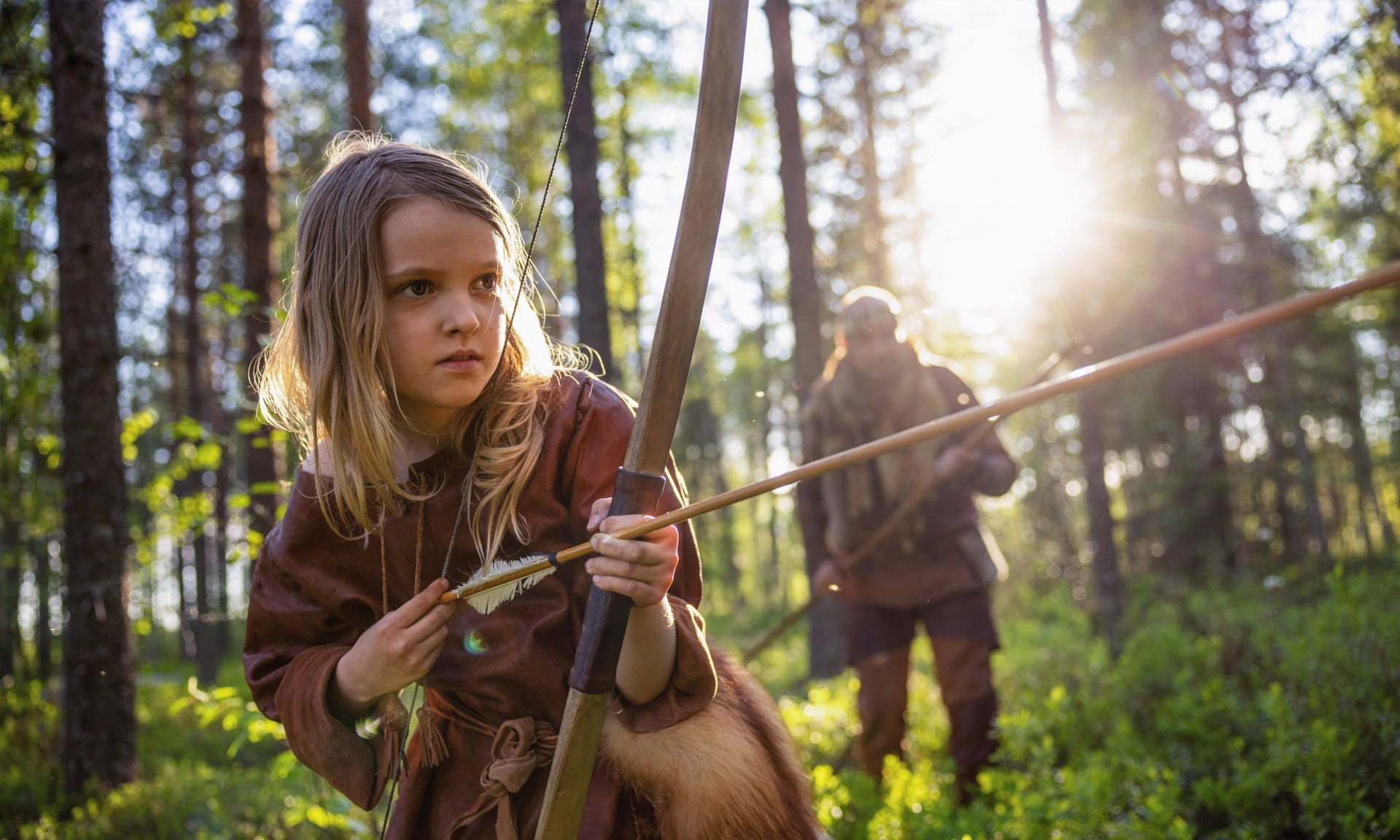
Ancient survival skills: Archery
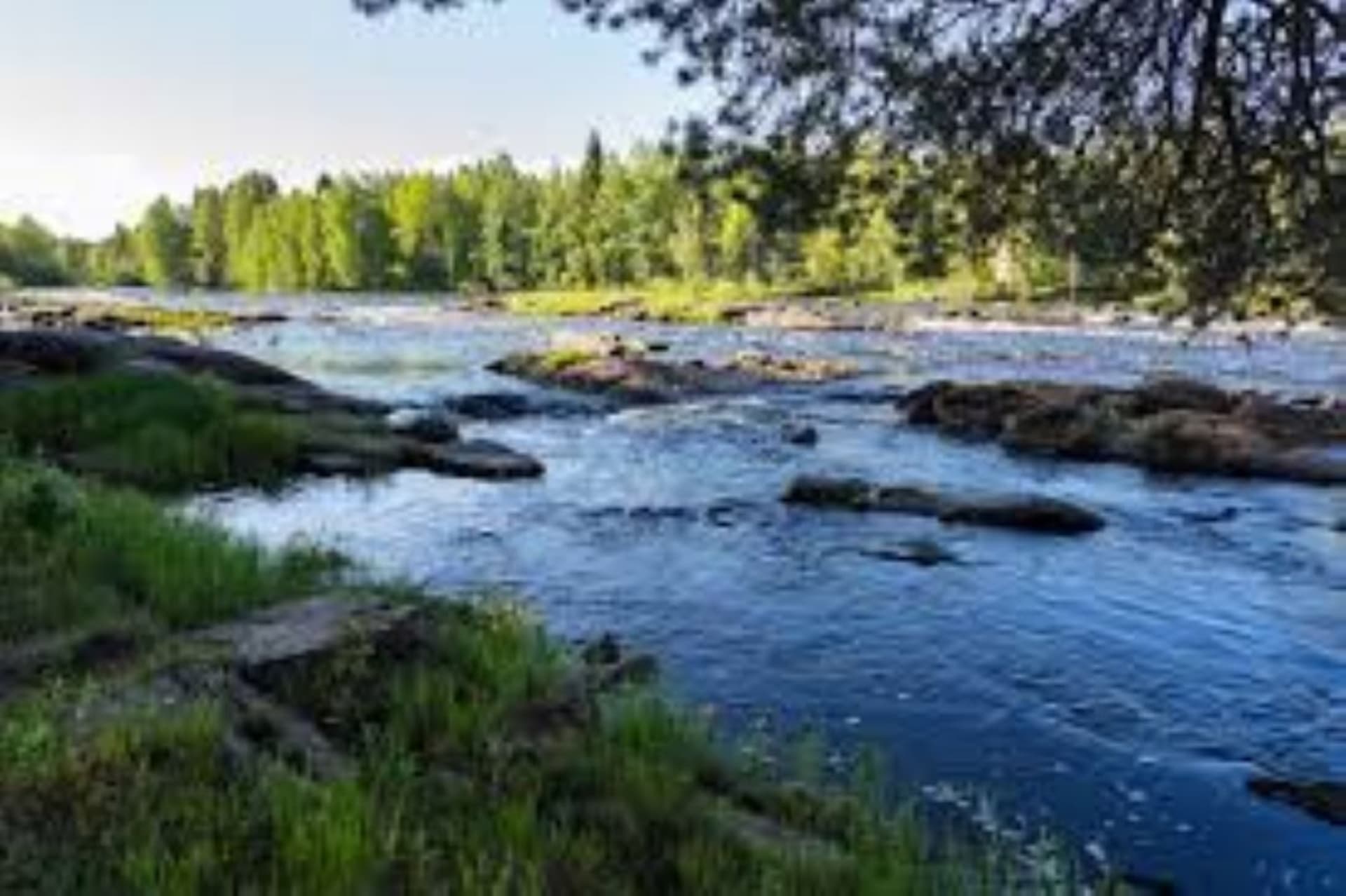
Minivan Trip to Koiteli Rapids
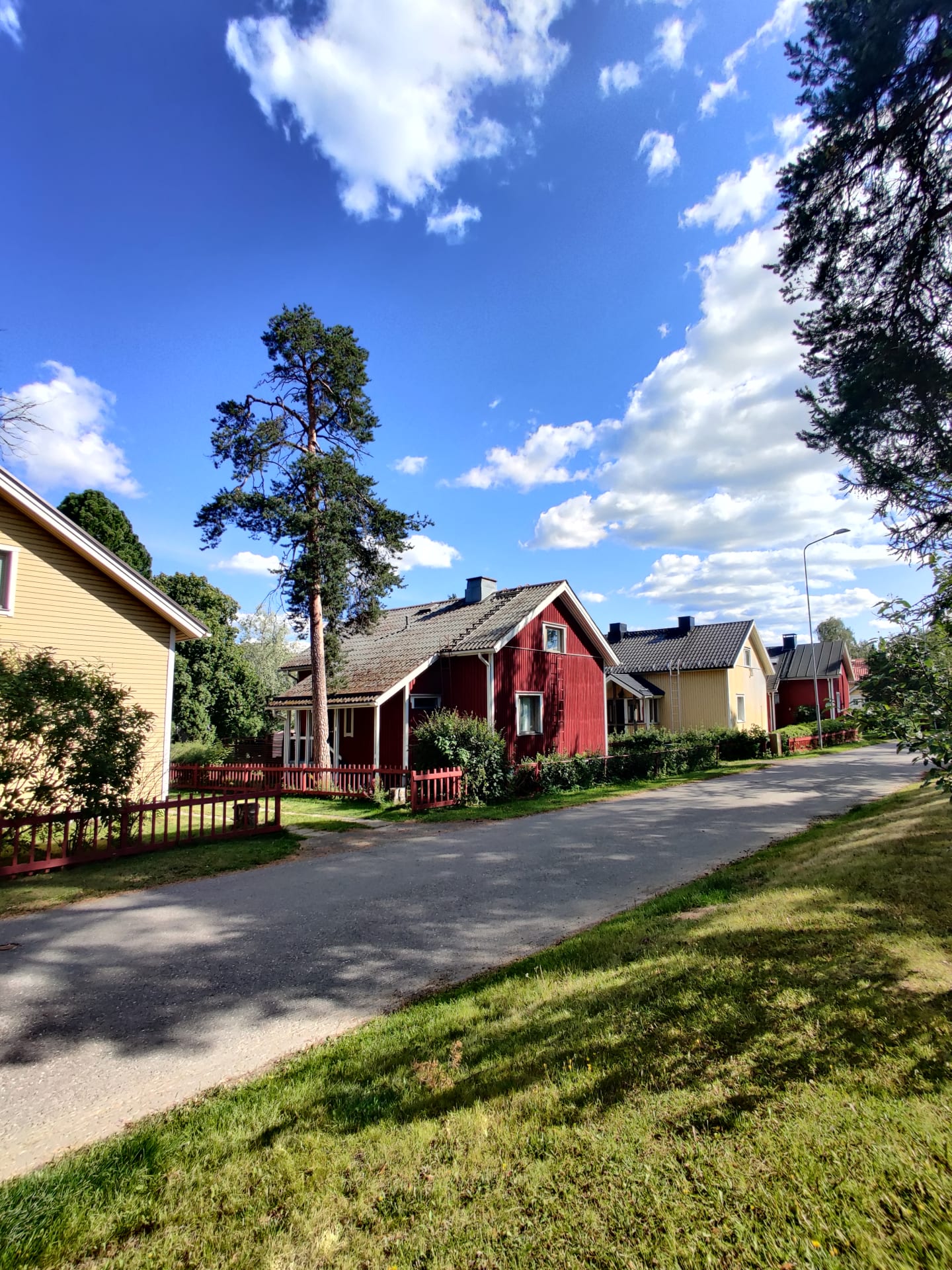
Wooden Karjasilta from the reconstruction era

Tiima
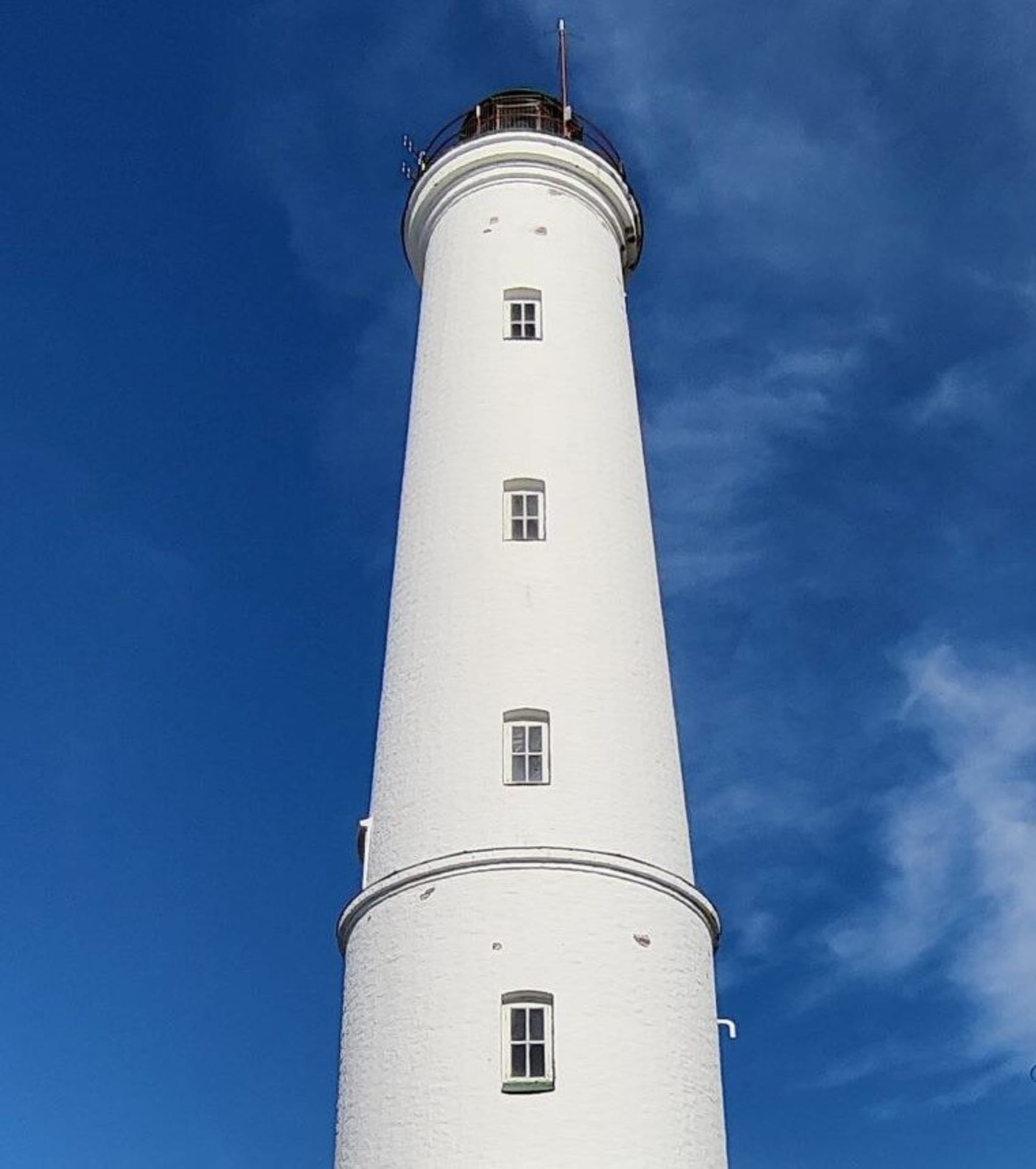
Minivan Trip to Hailuoto

Archaeological exhibition
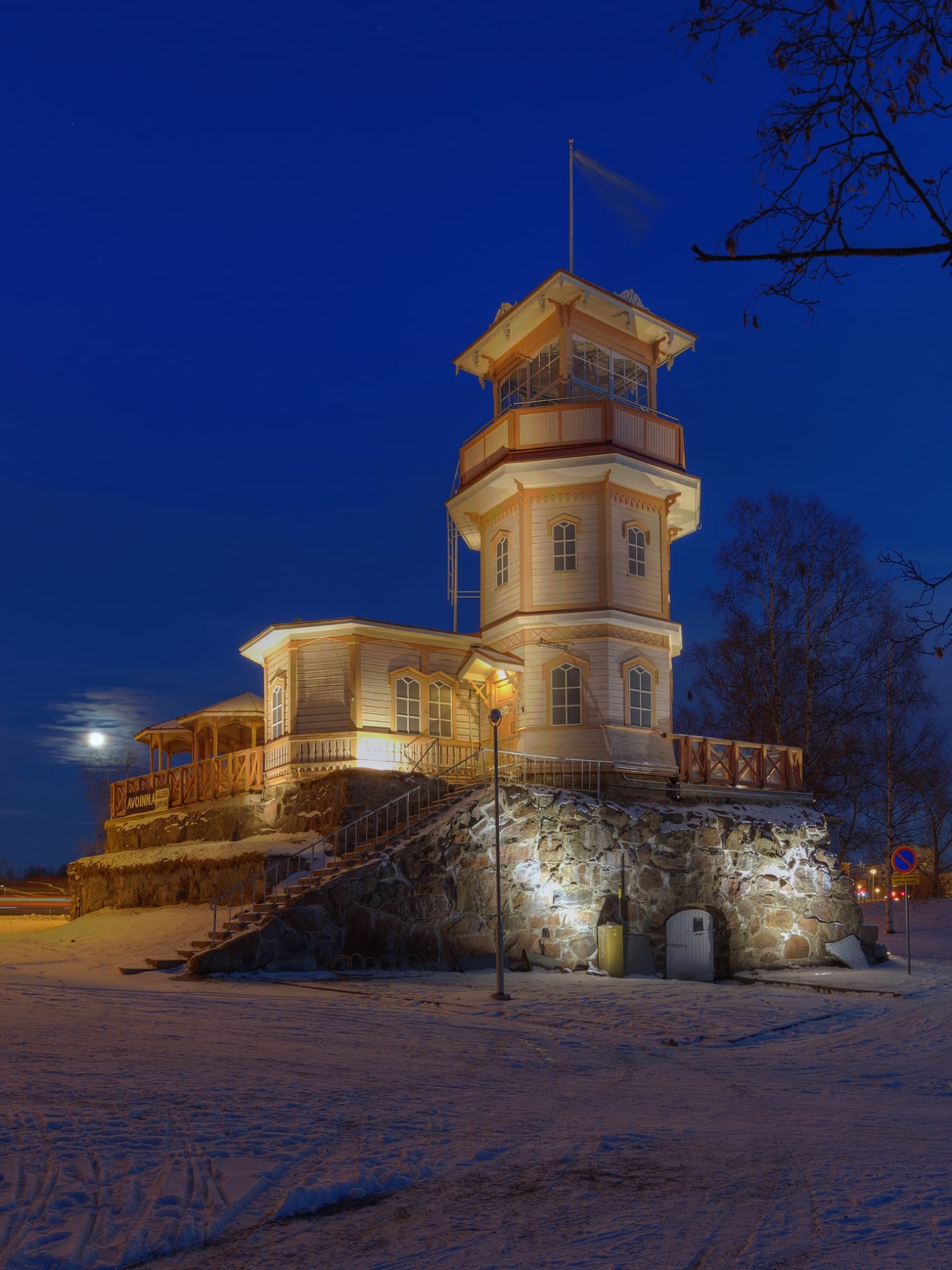
Tähtitorni Observation Tower
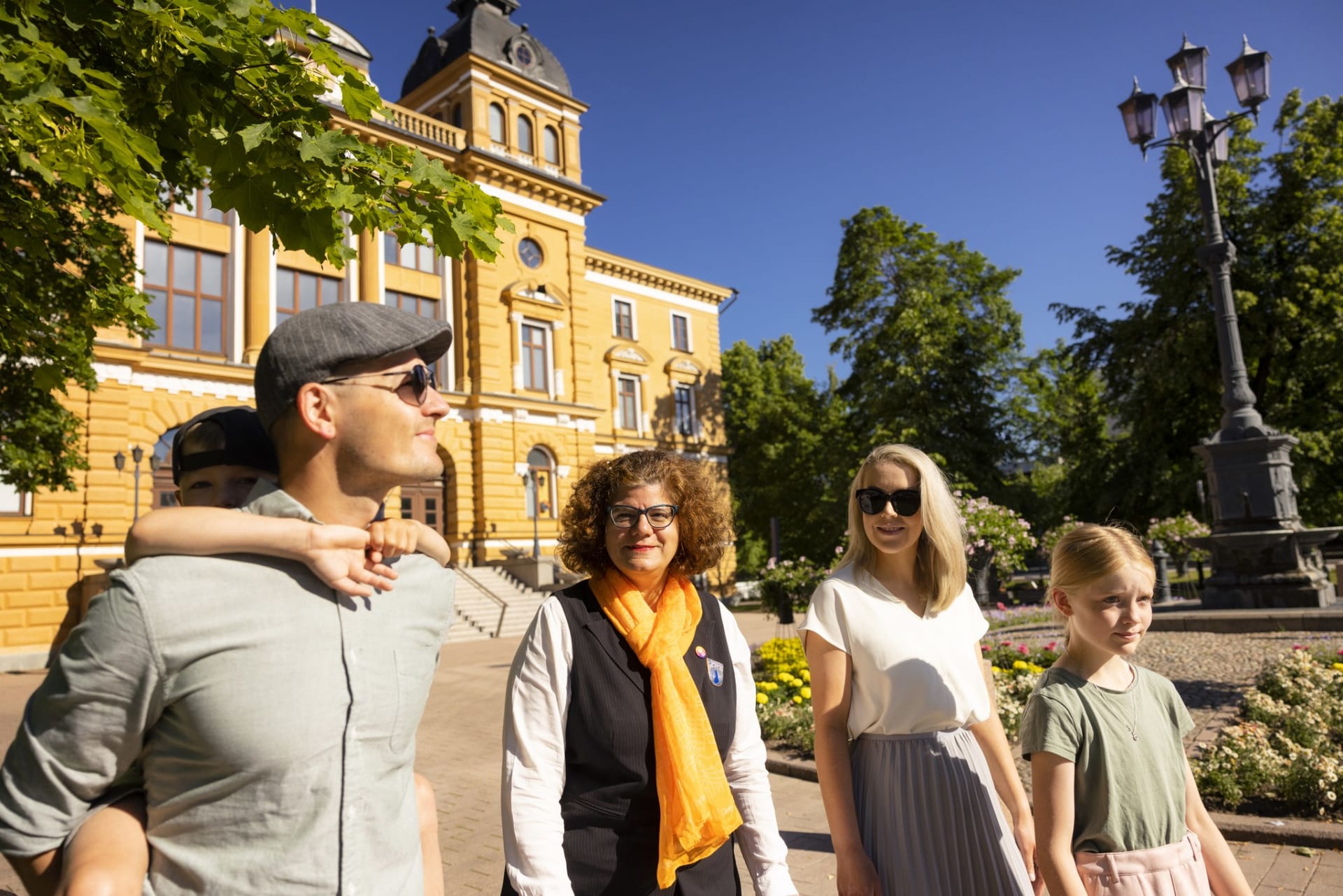
Guided Walking Tours in Oulu

Stone Age race of tribes
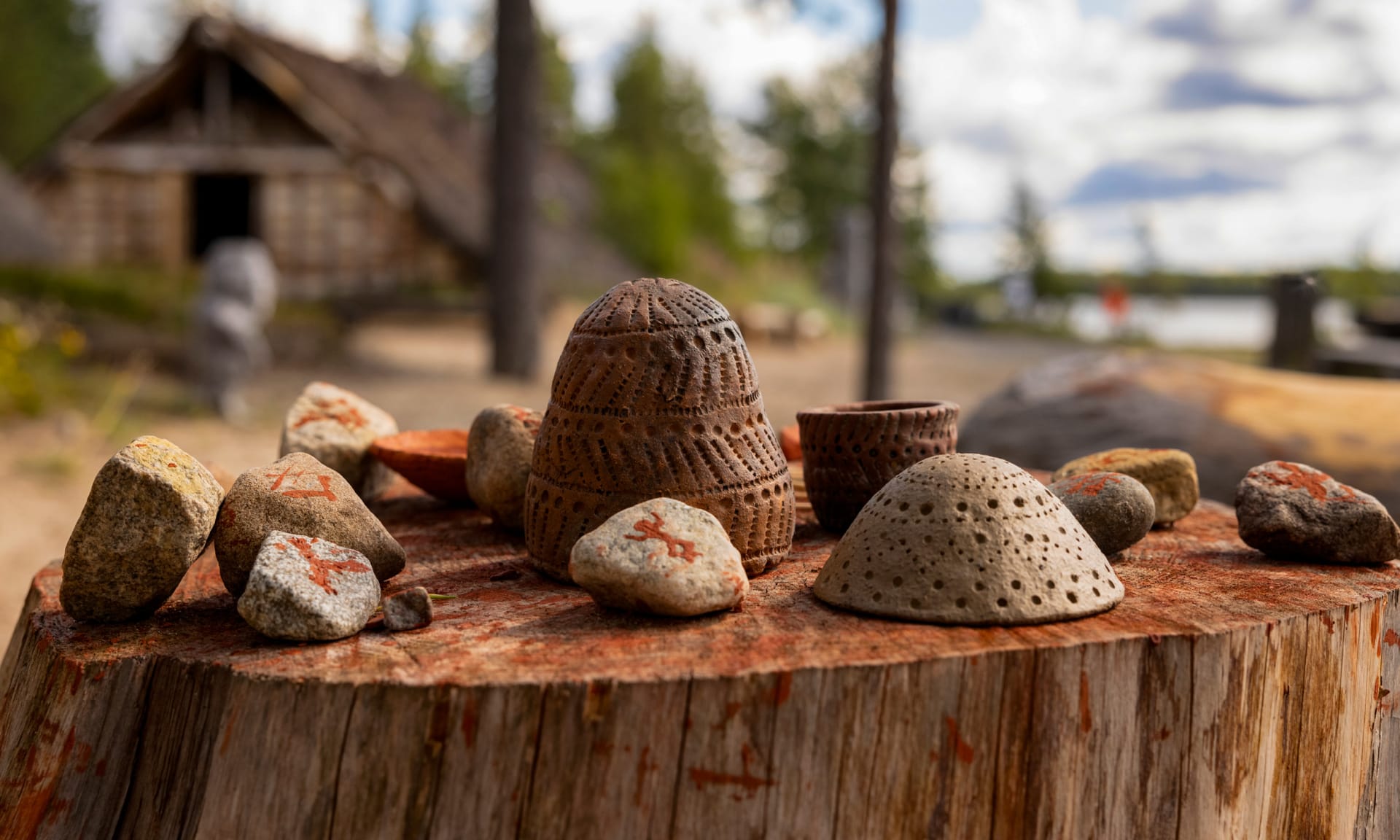
Ancient survival skills: Red ochre painting
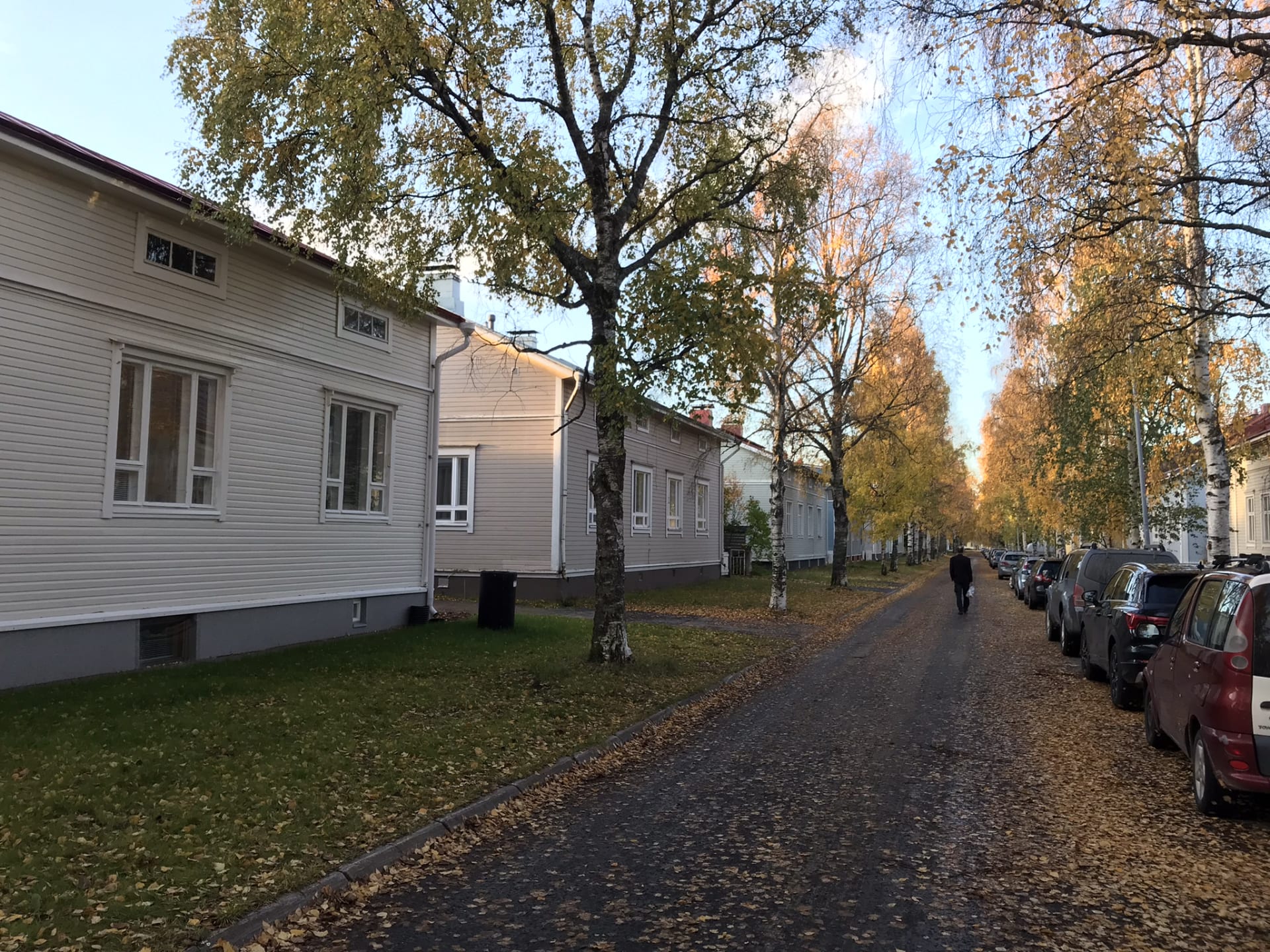
Pastel-coloured wooden Raksila
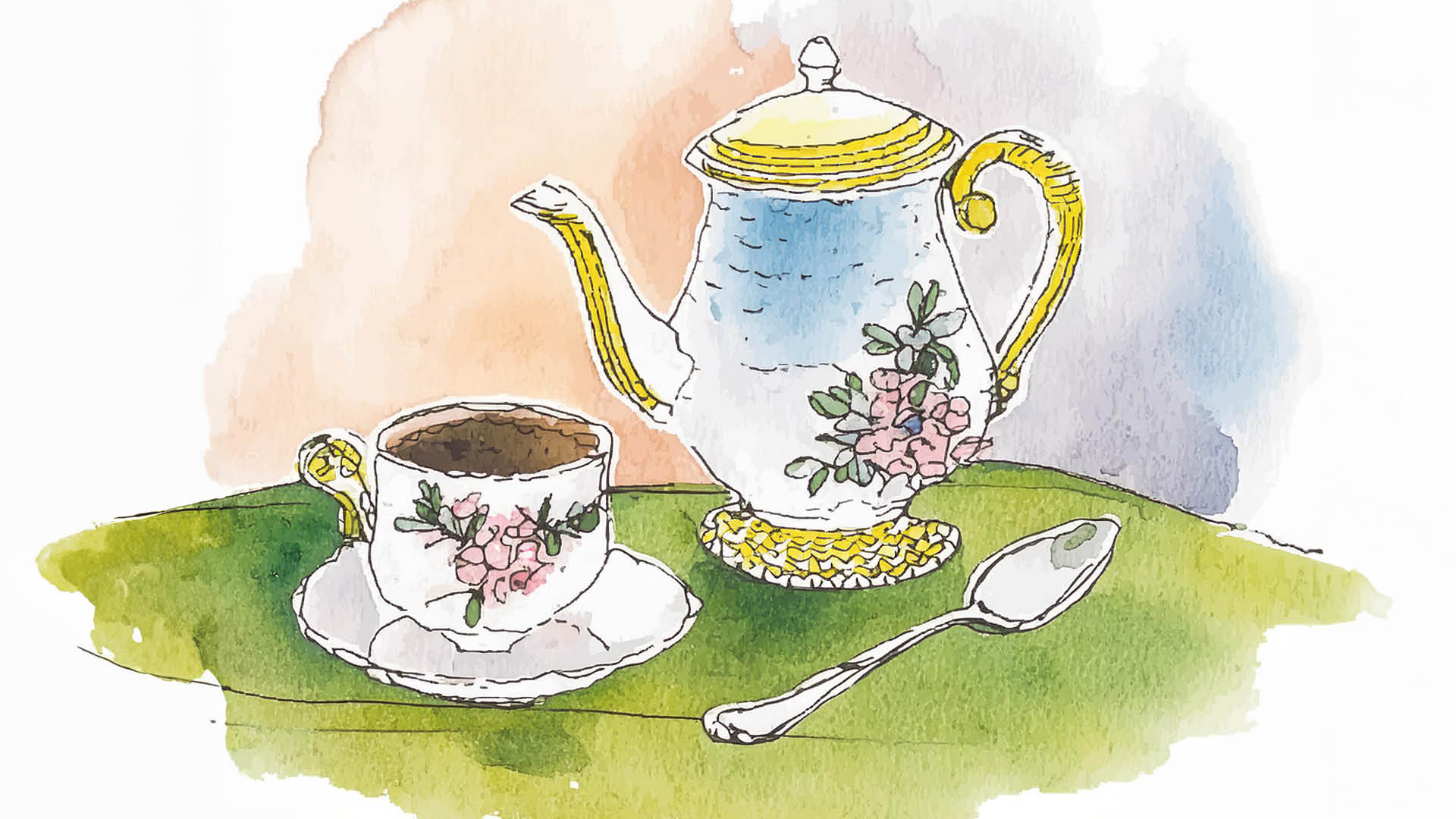
Cafe Krypta
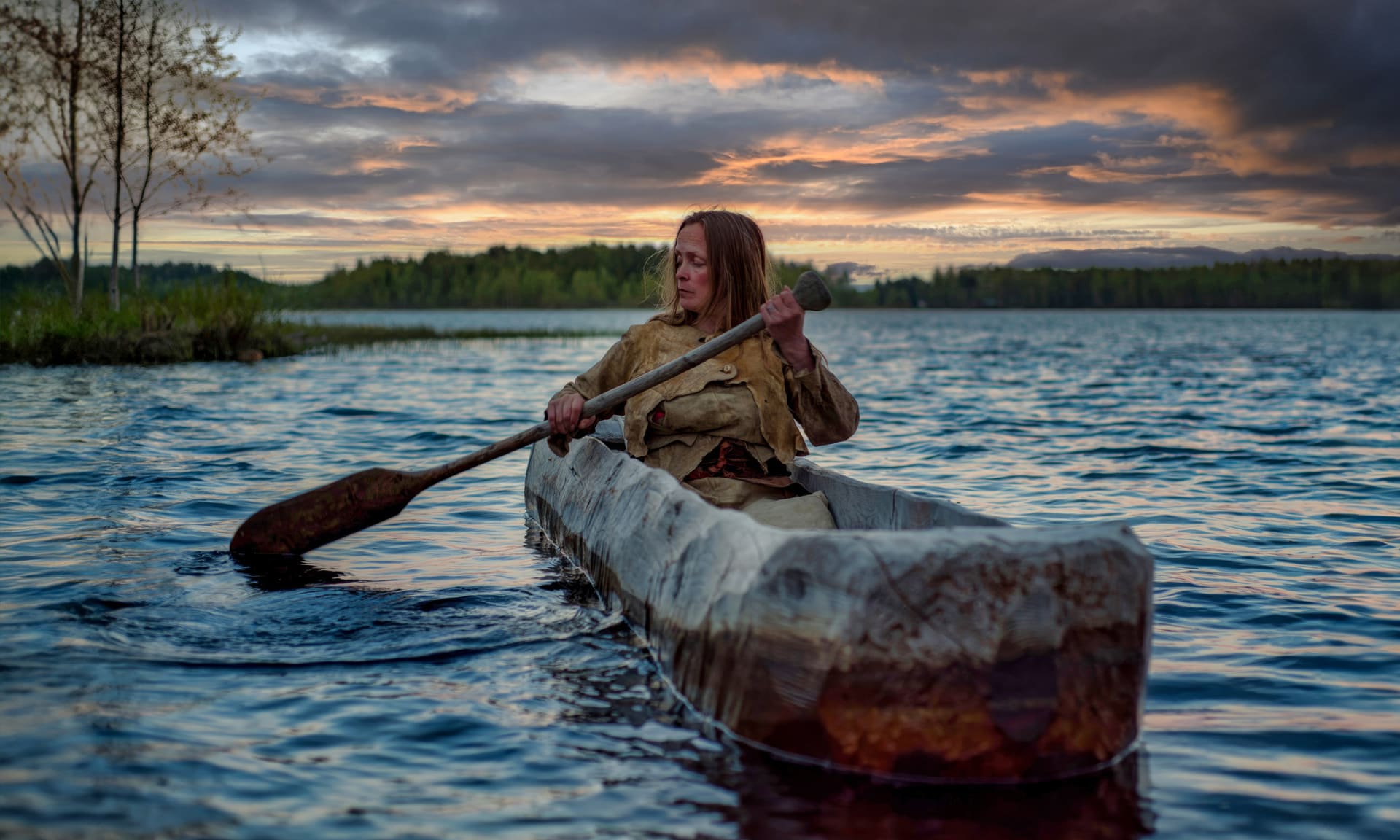
Ancient survival skills: Canoeing
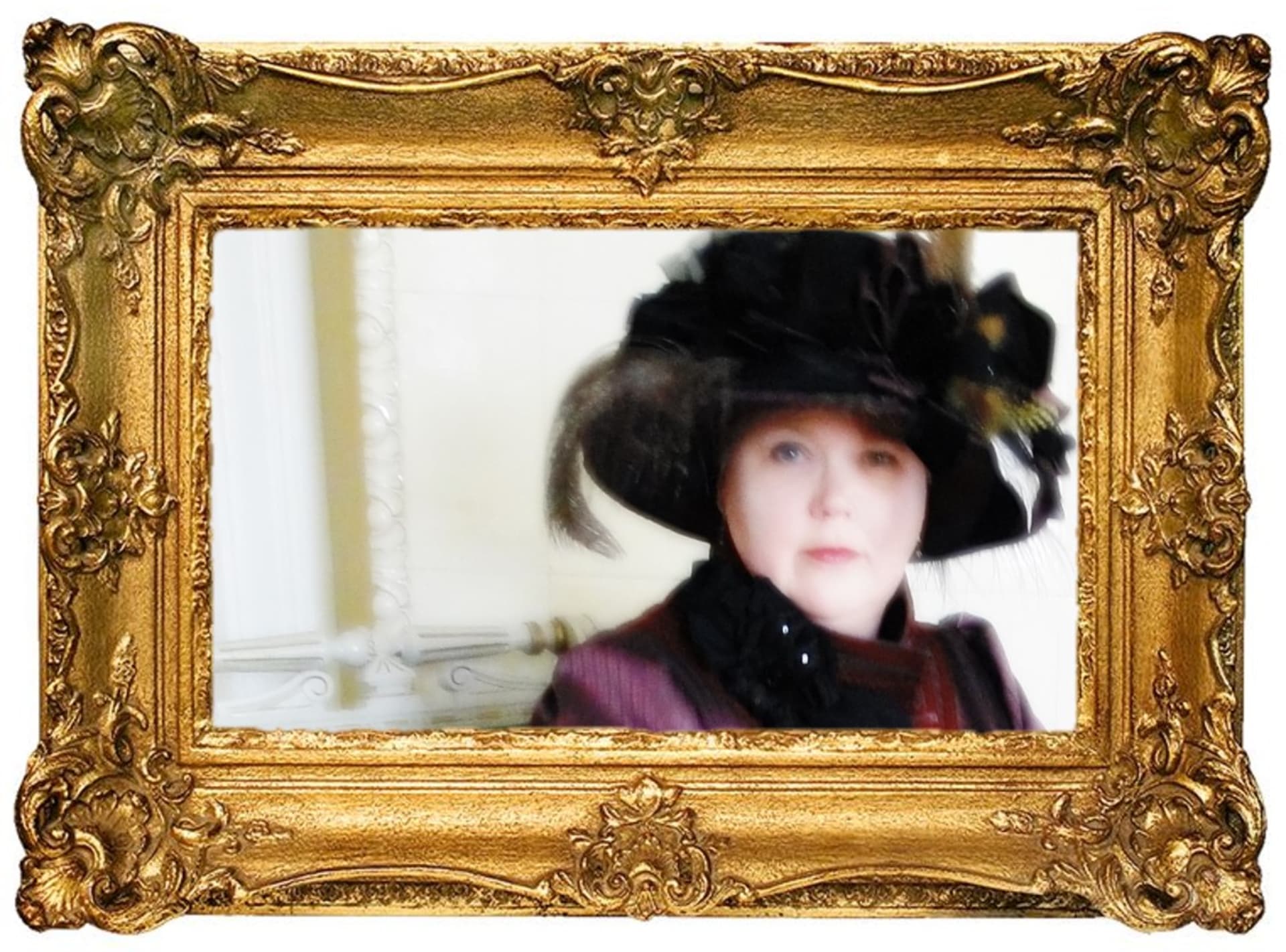
Go Arctic activities - Stories from Oulu

Oulu Quickly Walking Tour
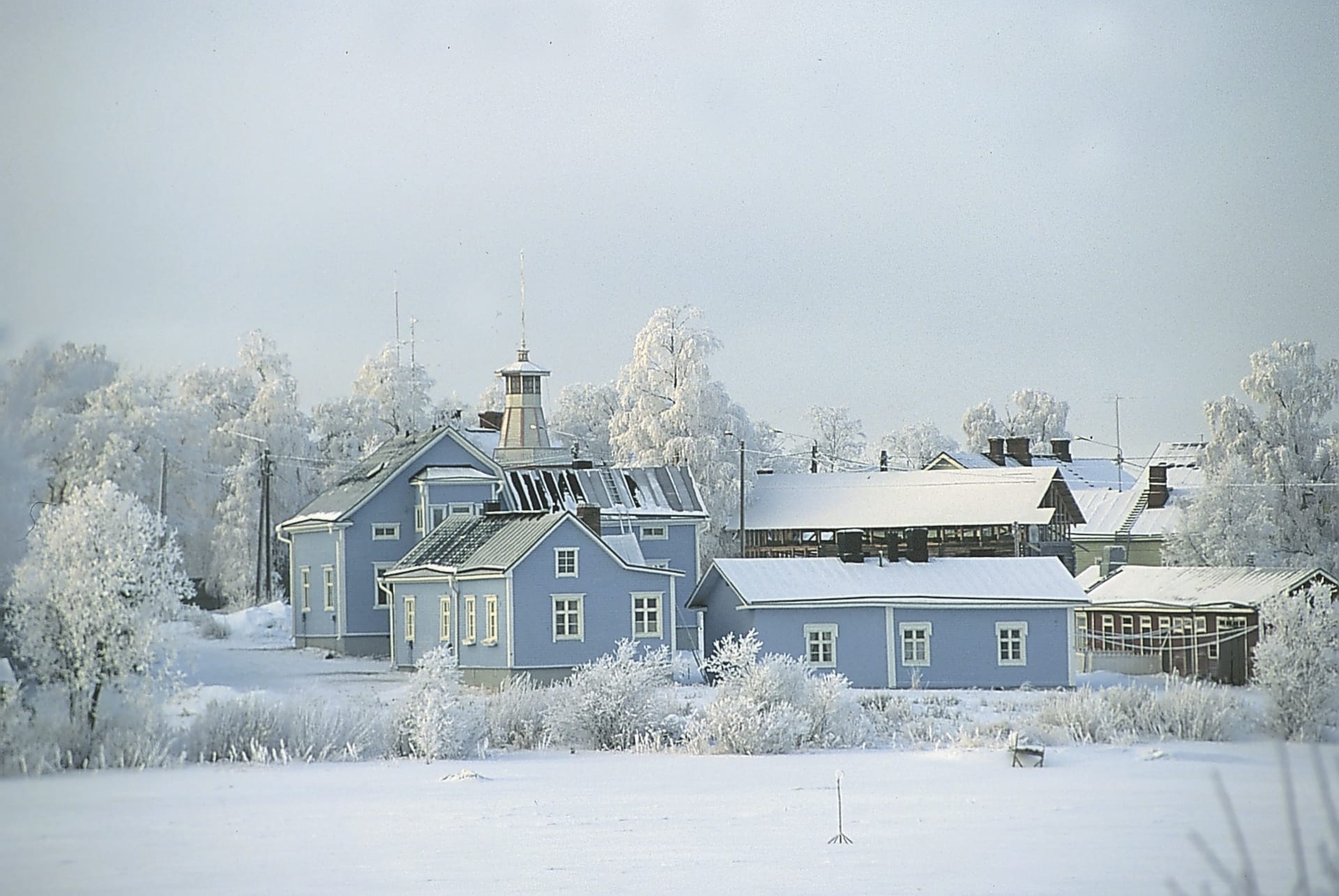
Wooden old town in Pikisaari Island
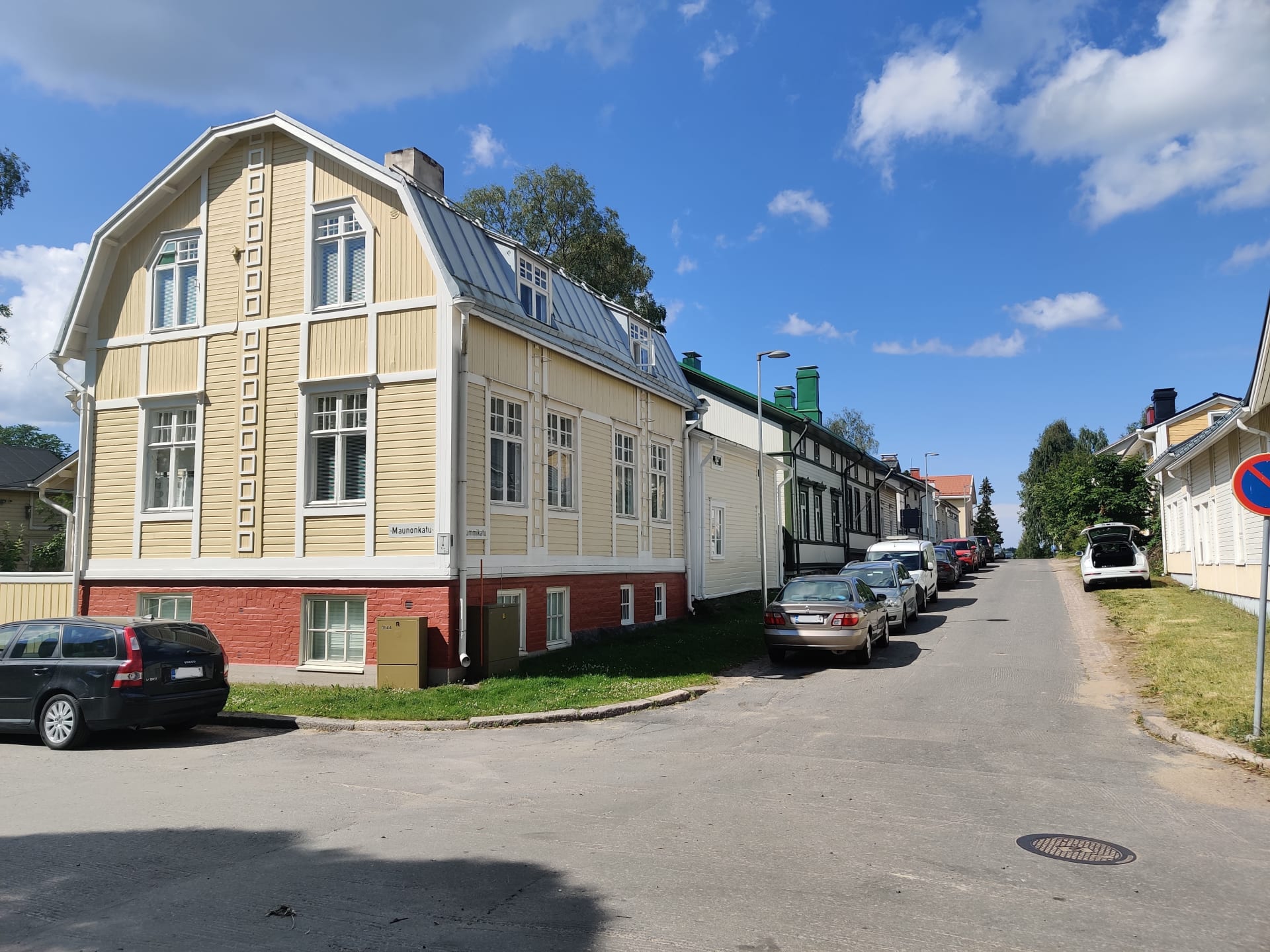
Many layers of history in Kuusiluoto

Ancient survival skills: Red ochre painting
.jpg?s=1920)
Turkansaari Museum Church

Minivan Trip to Koiteli Rapids

A Unique Cafe Huvila in Oulu
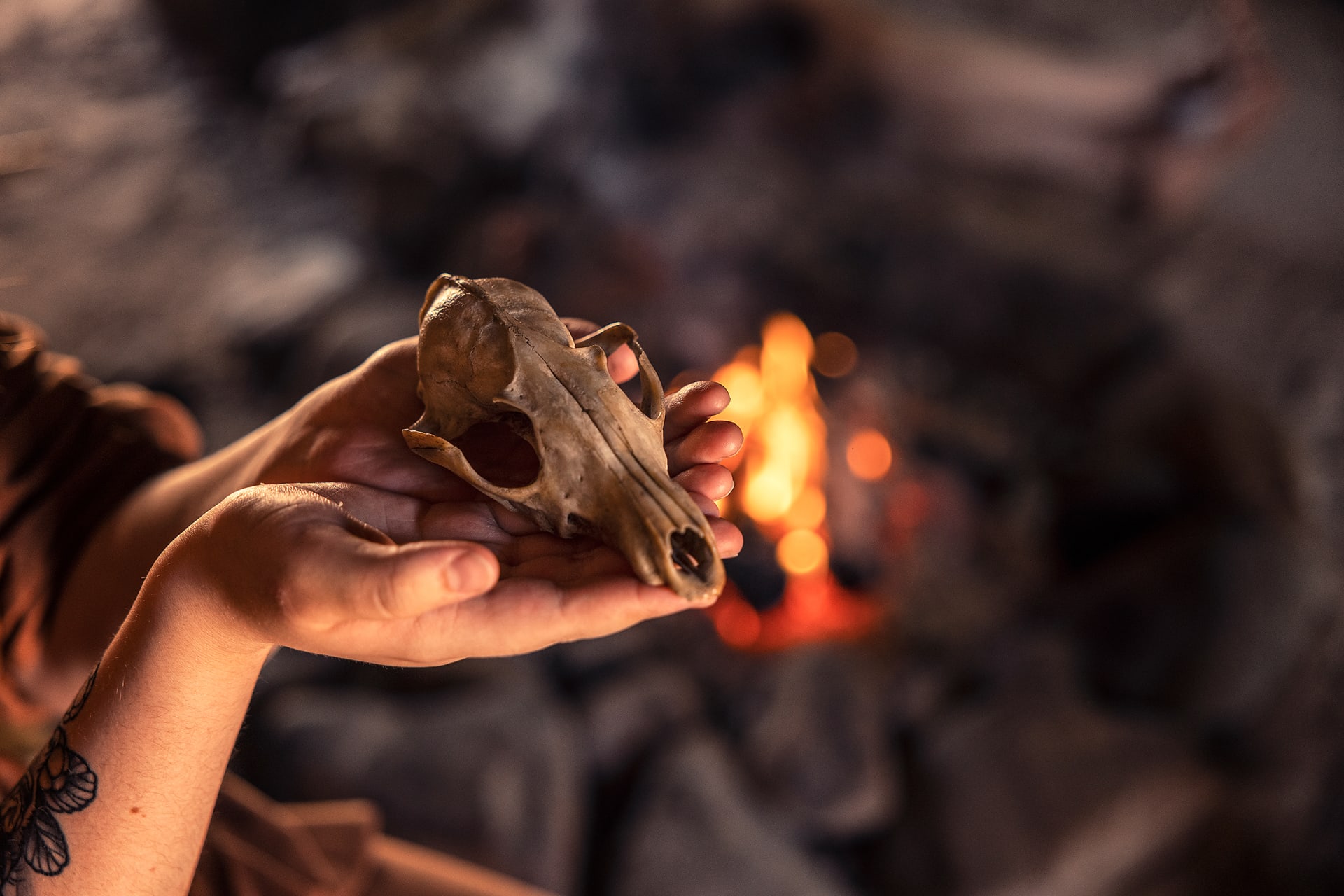
A day in the Stone Age

Ancient survival skills: Canoeing
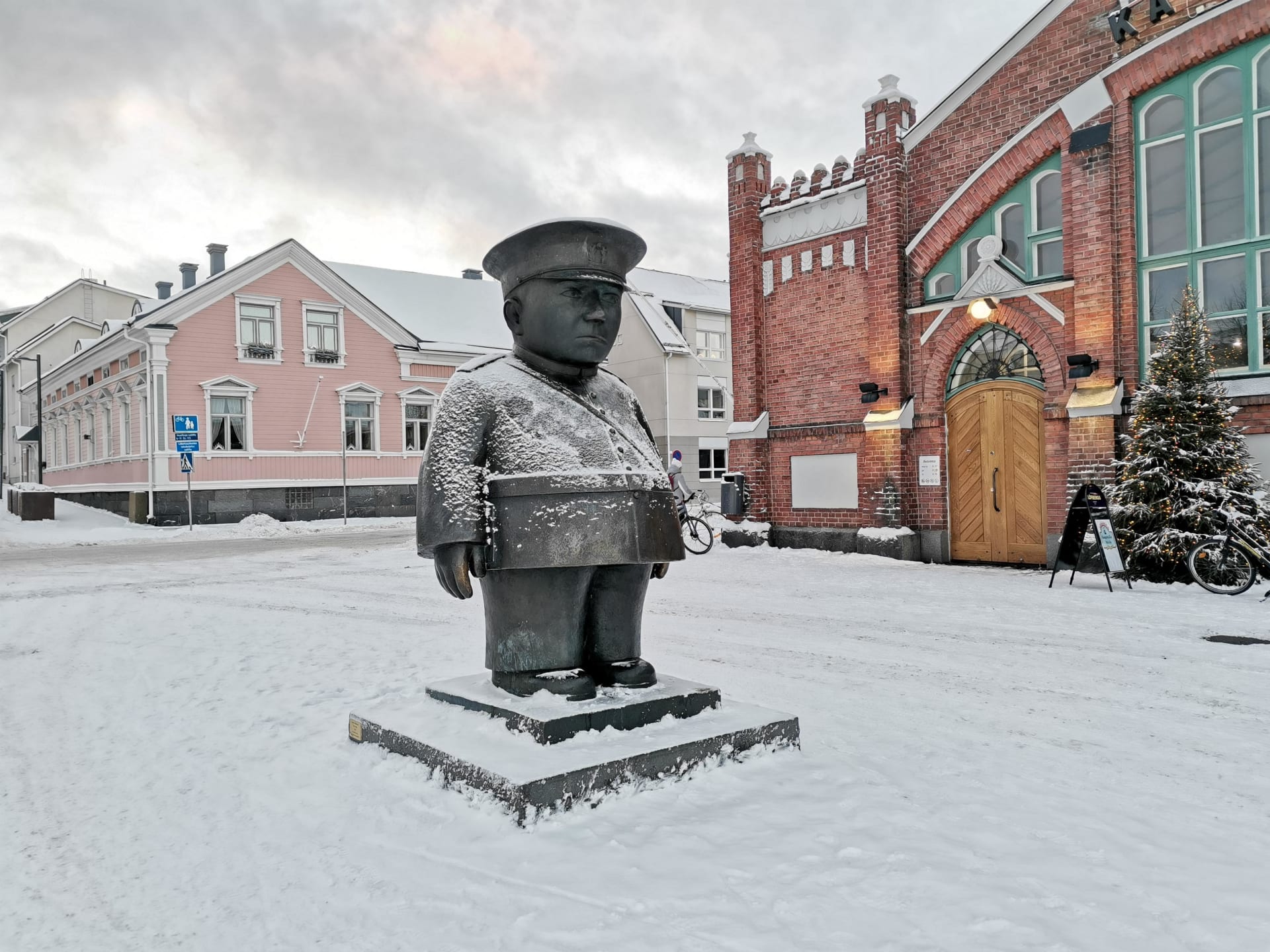
Oulu Market Square Policeman statue

Ancient survival skills: Stone grinding

Archaeological exhibition
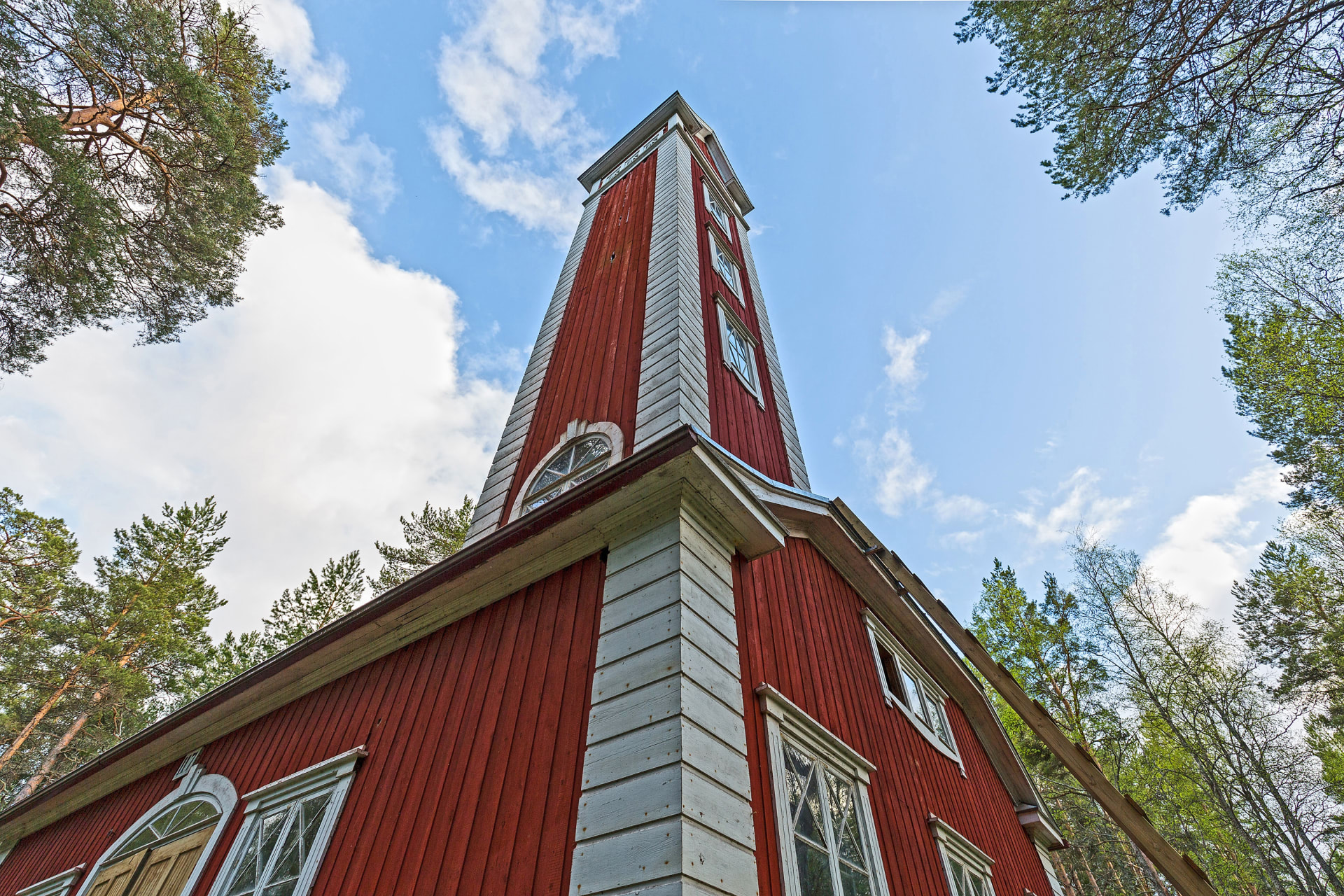
Varjakka industrial heritage site and nature trail
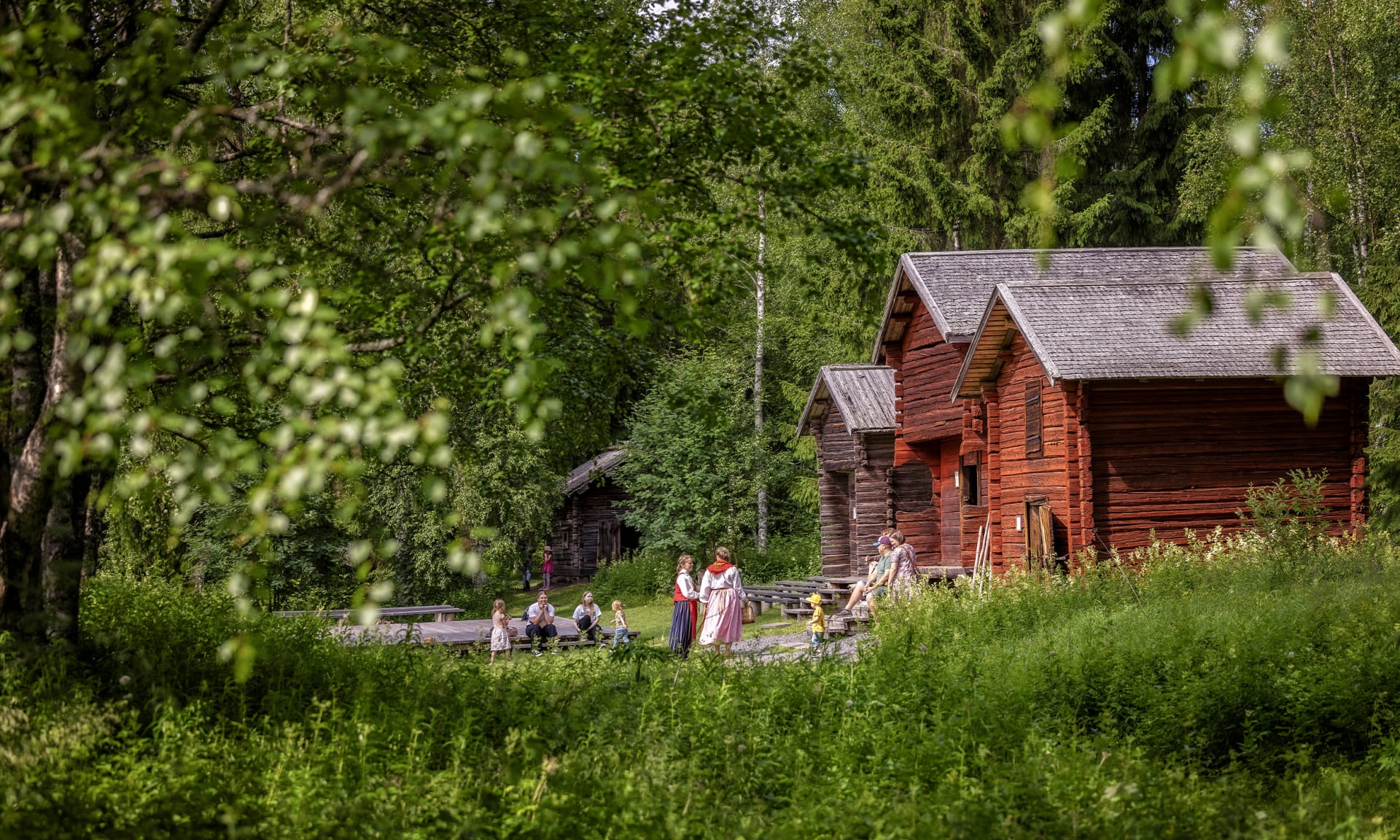
Turkansaari Open Air Museum

Meeting Day at the Maikkula Mansion
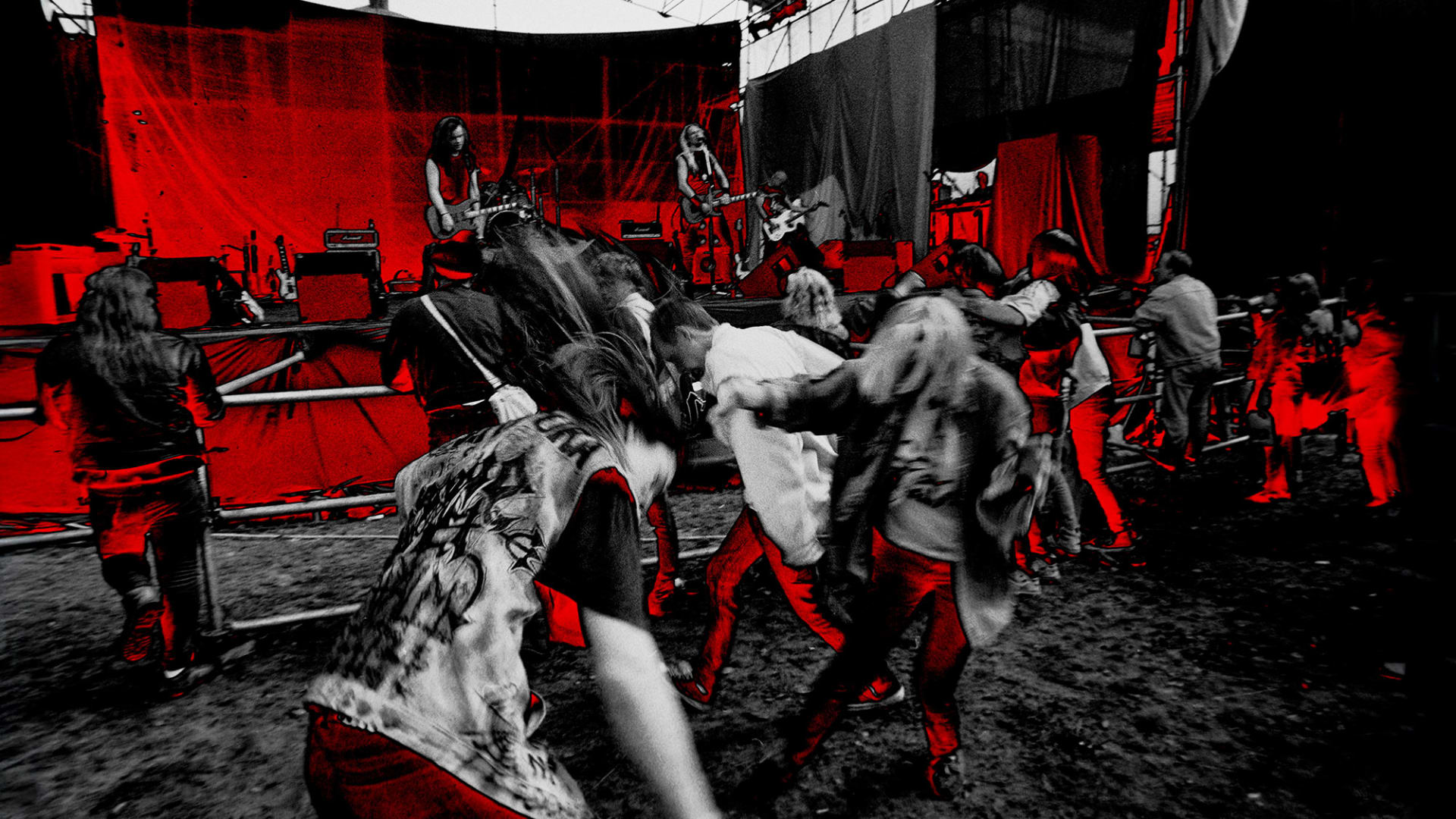
Metallikausi

Minivan Trip to Hailuoto

Restaurant Nallikari
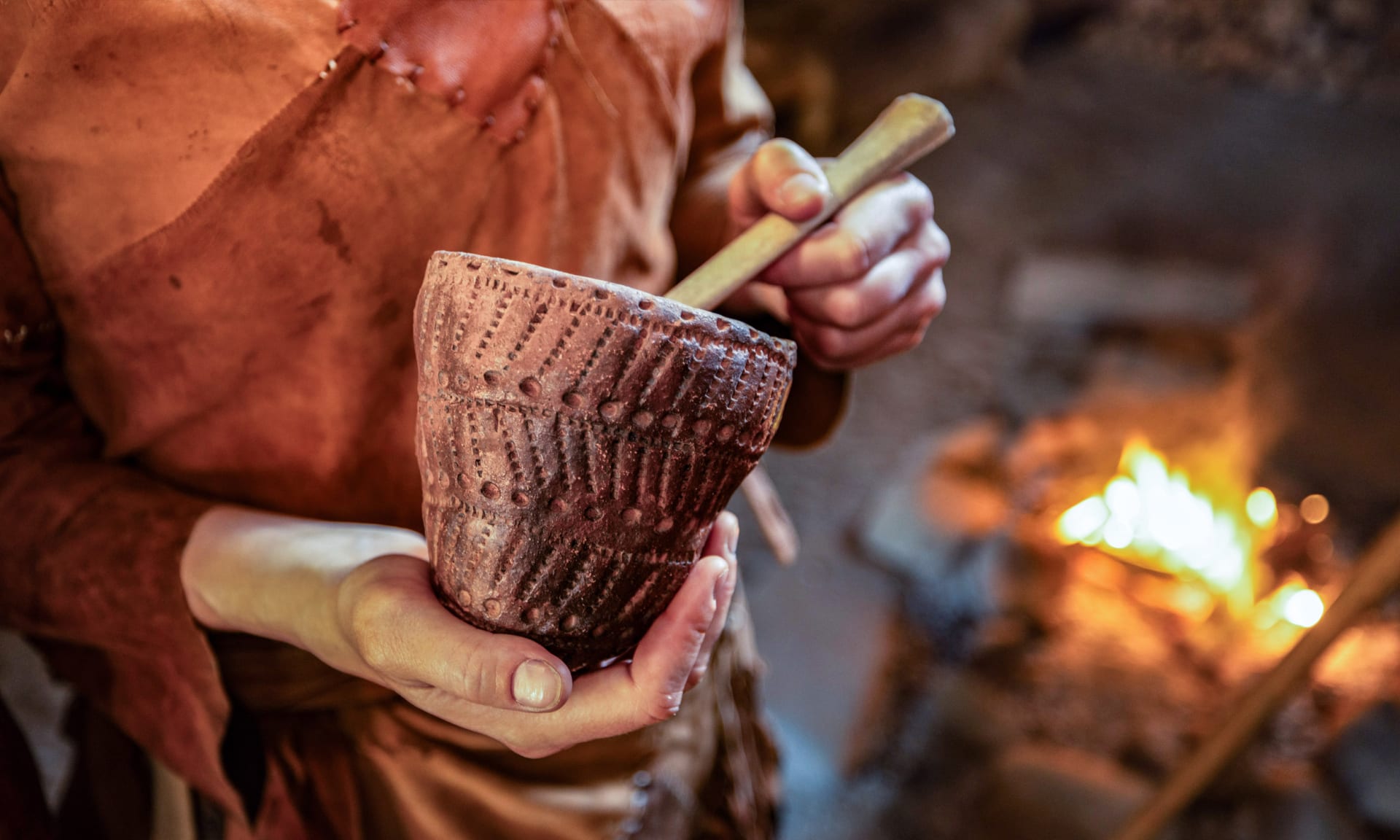
Stone Age race of tribes
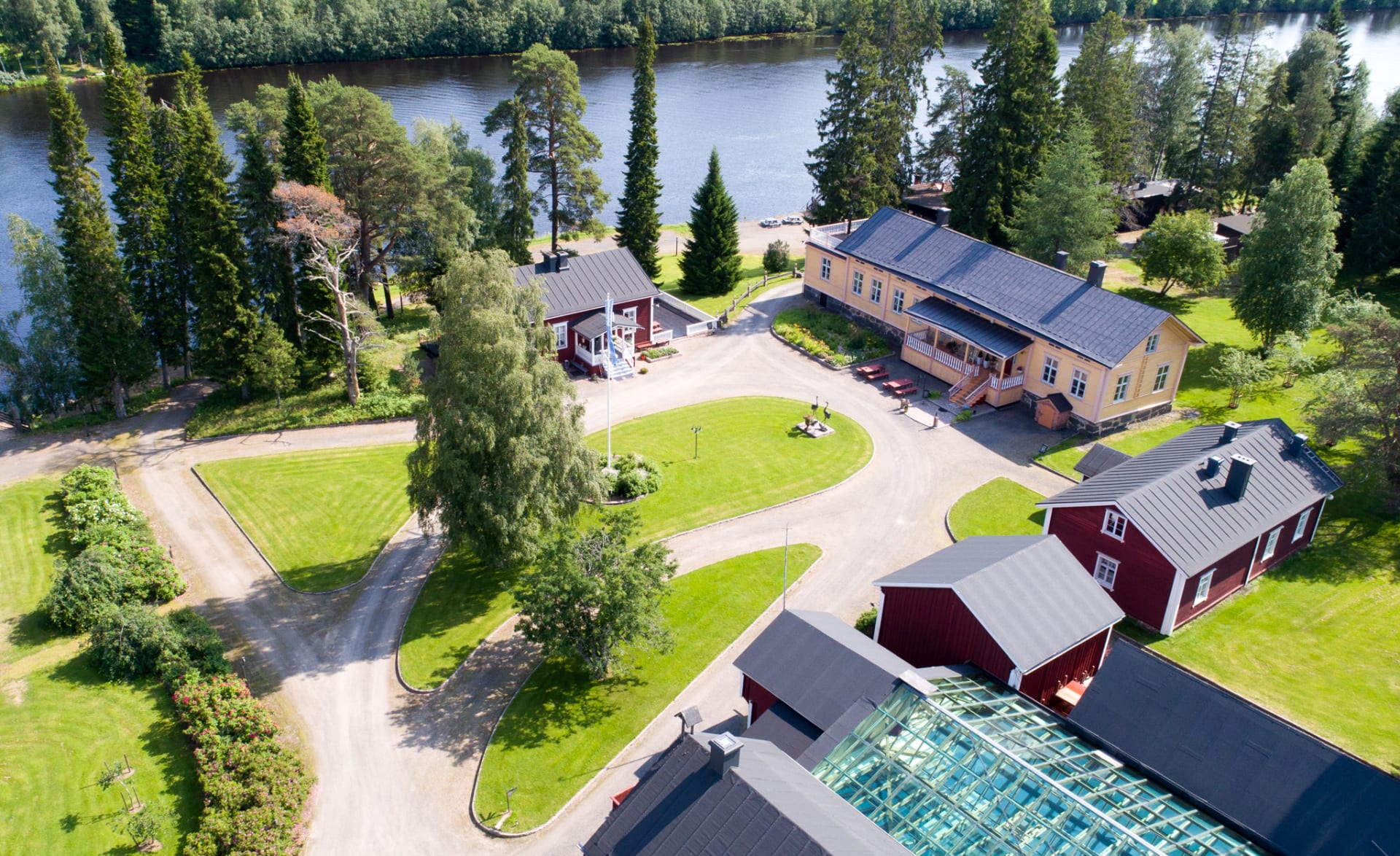
Maikkula's Manor the Charter Restaurant
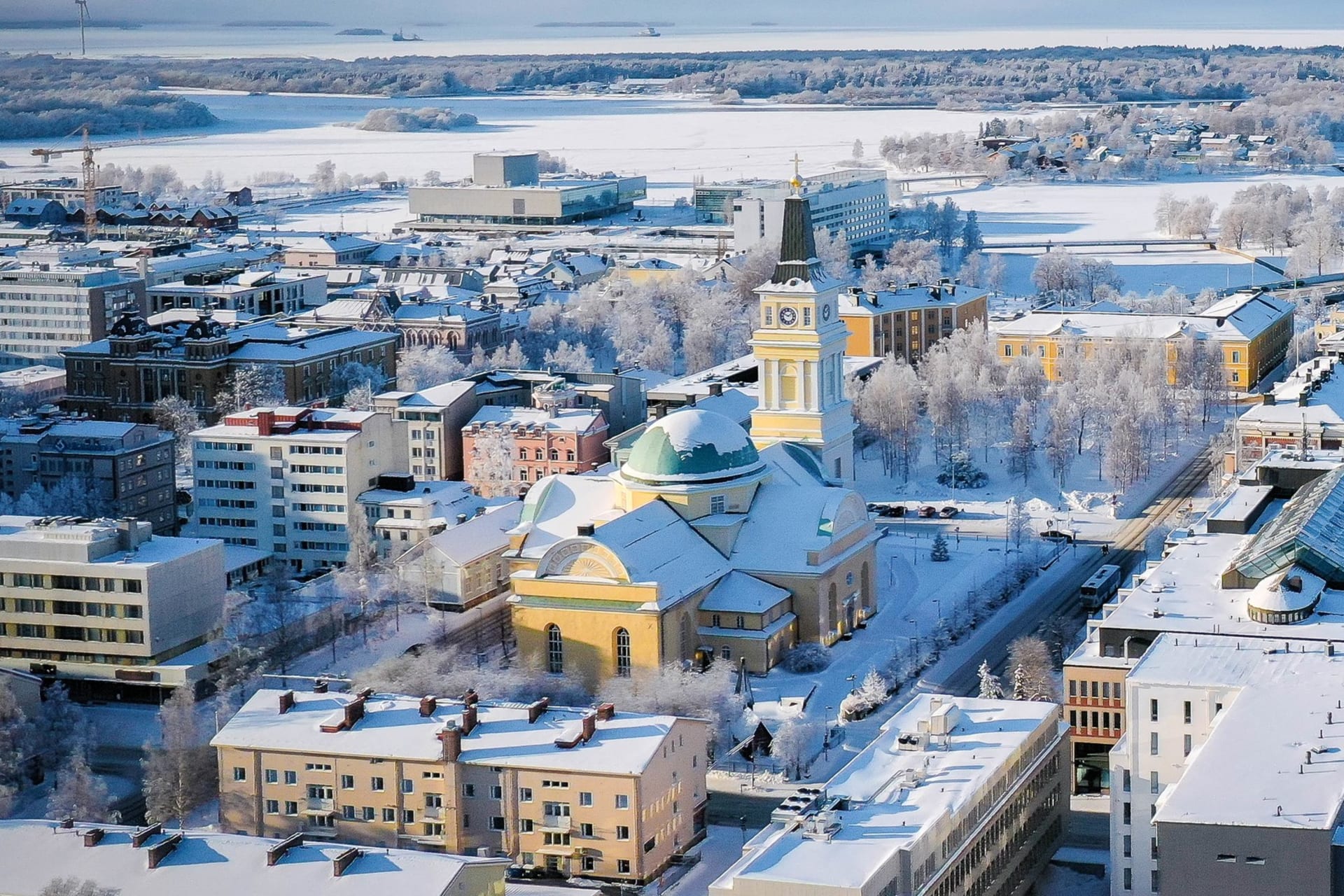
Oulu Cathedral
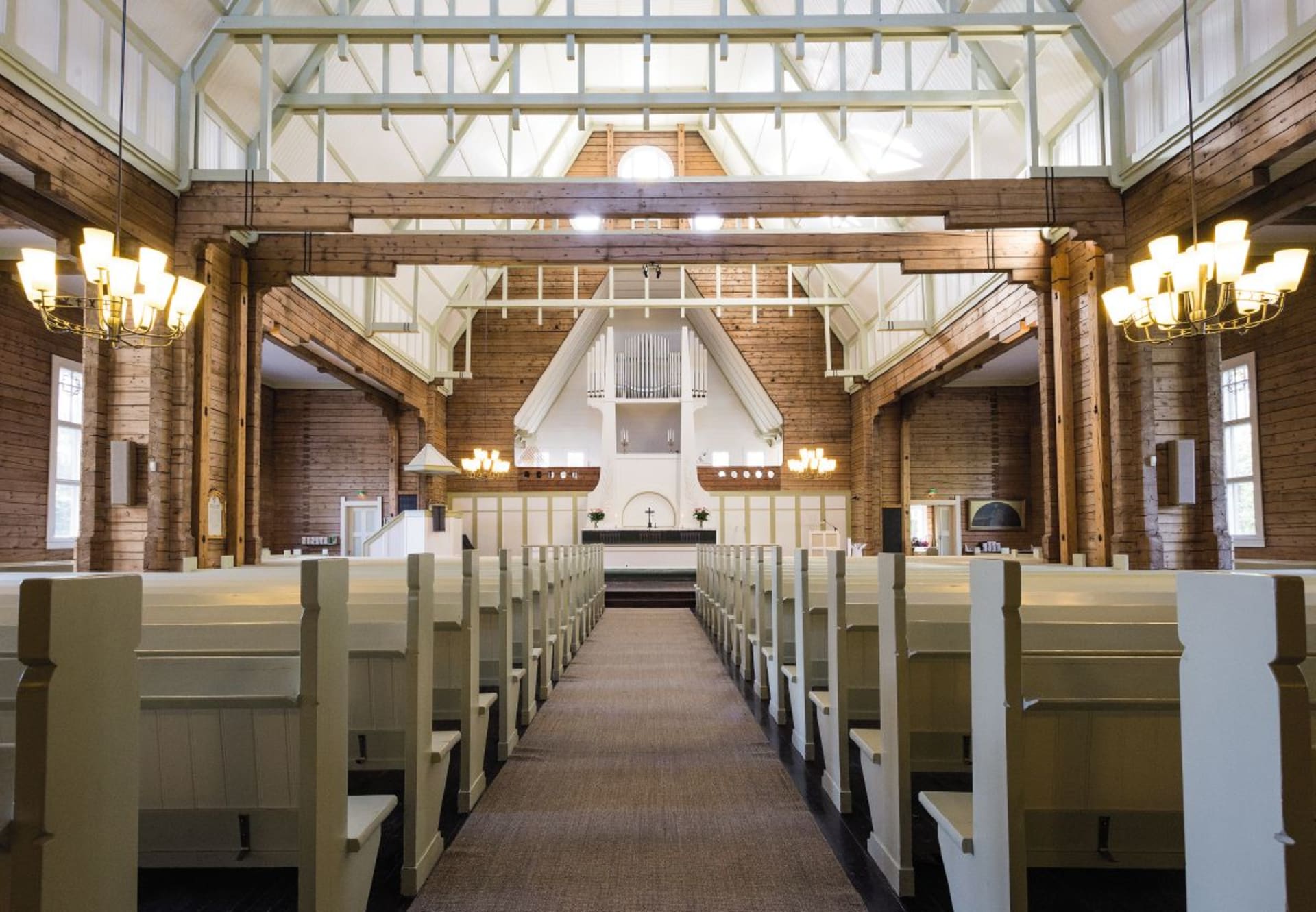
Oulujoki Church
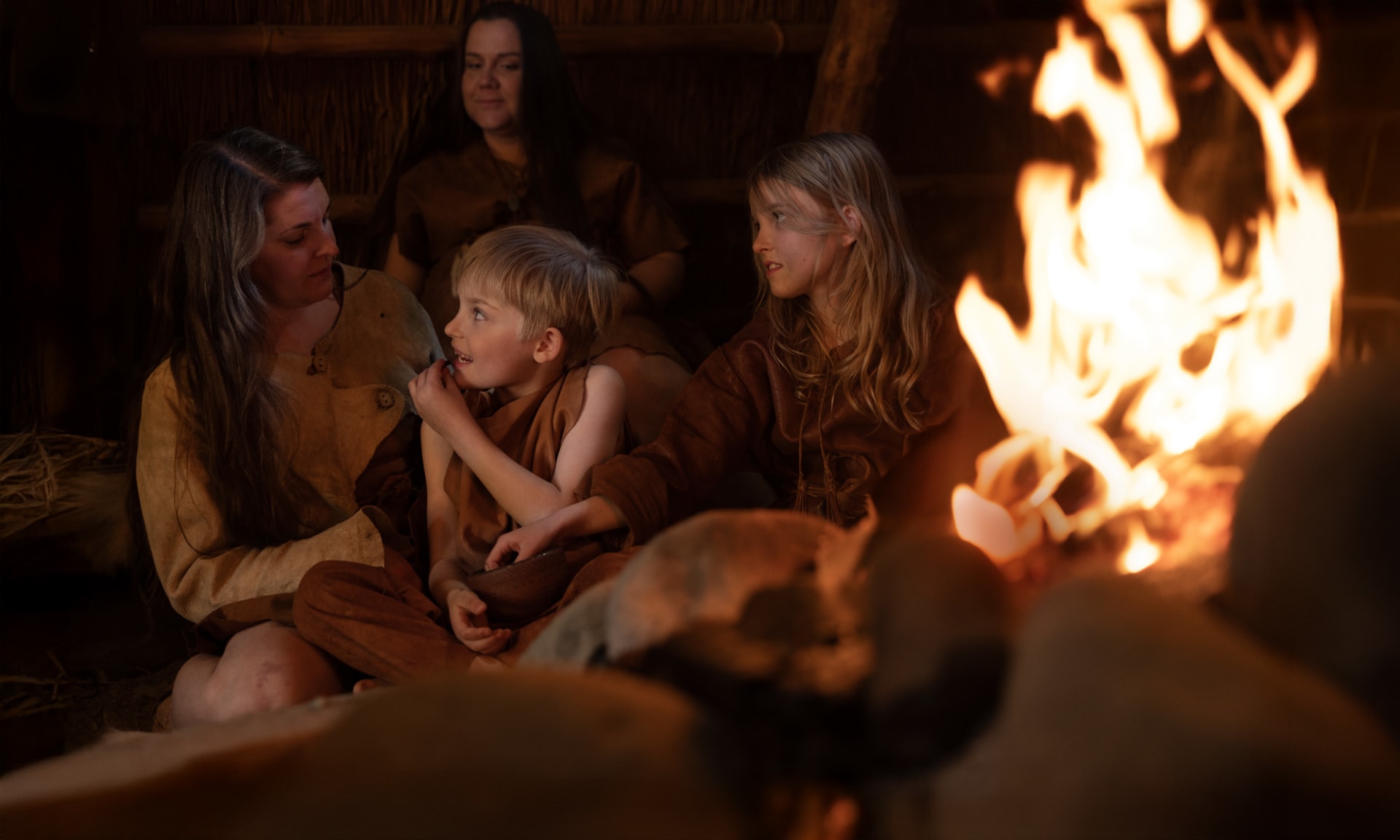
Kierikki
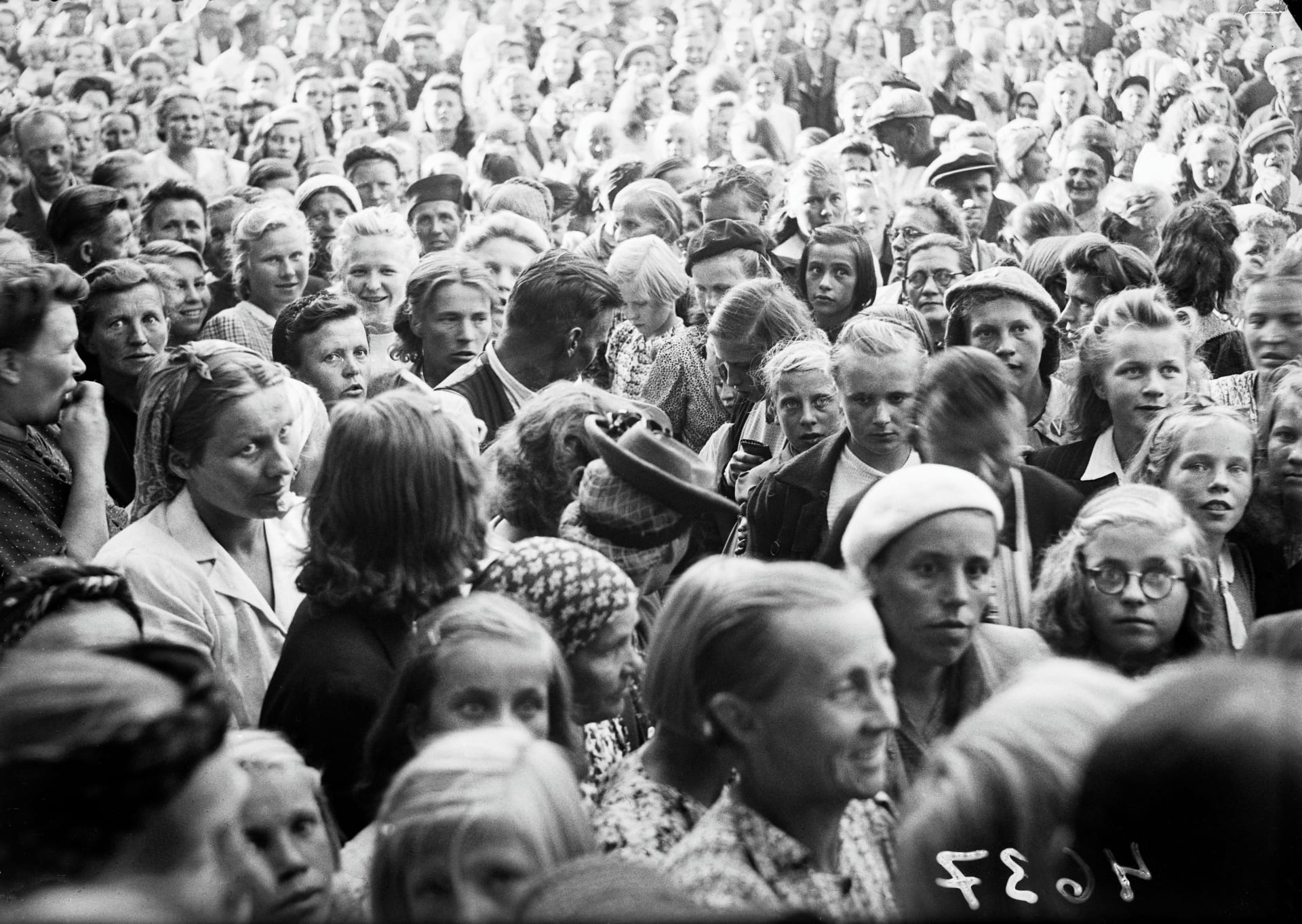
Oulu Museum
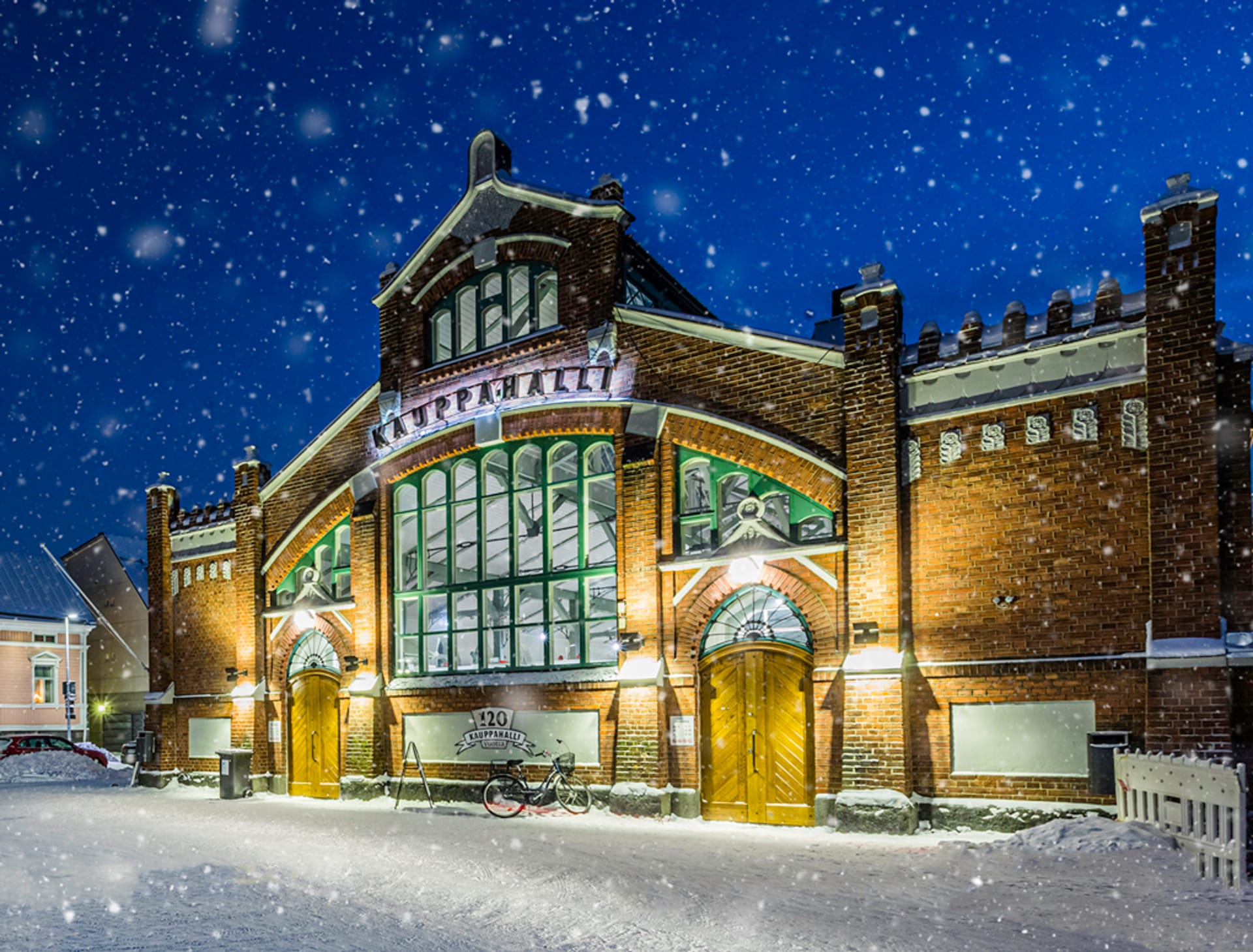
Oulu Market Hall
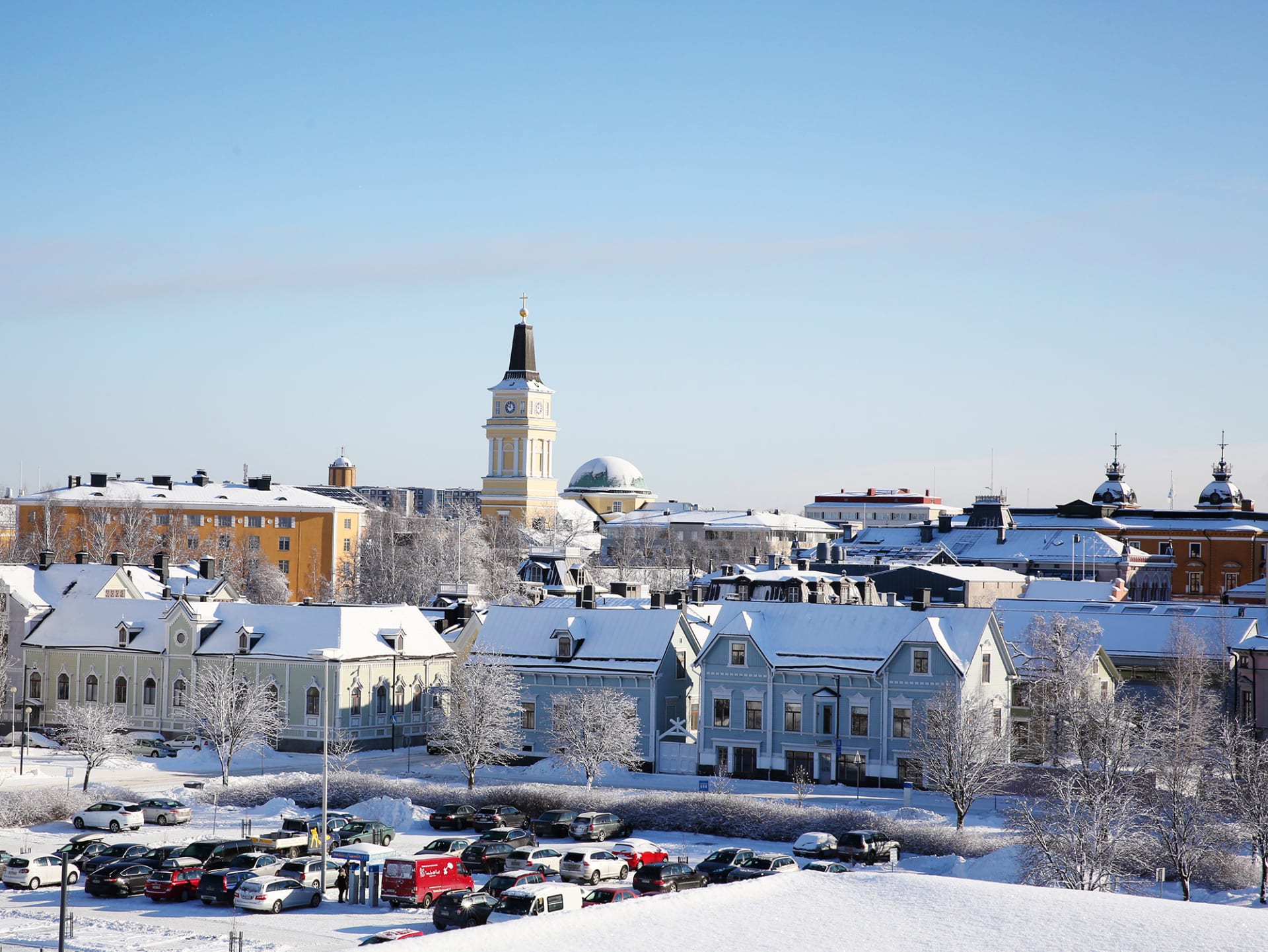
Historical Rantakortteli blocks of Oulu
